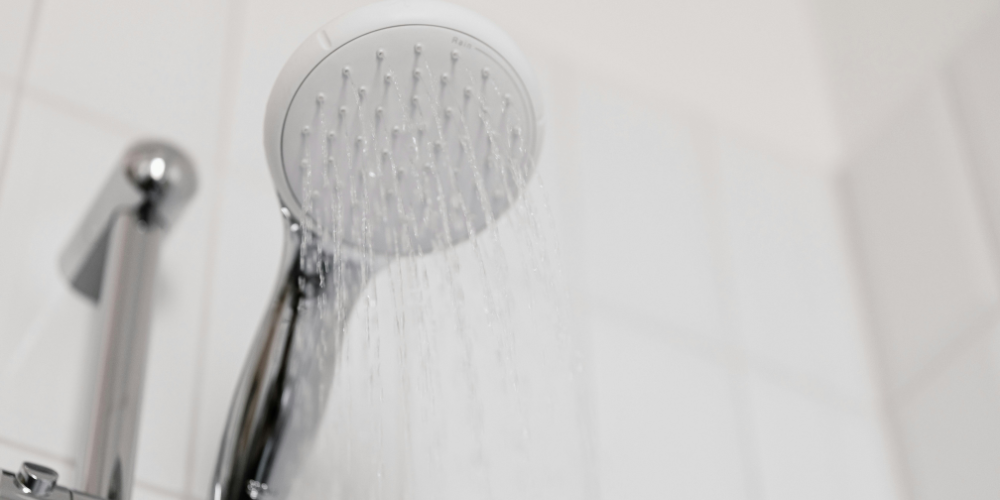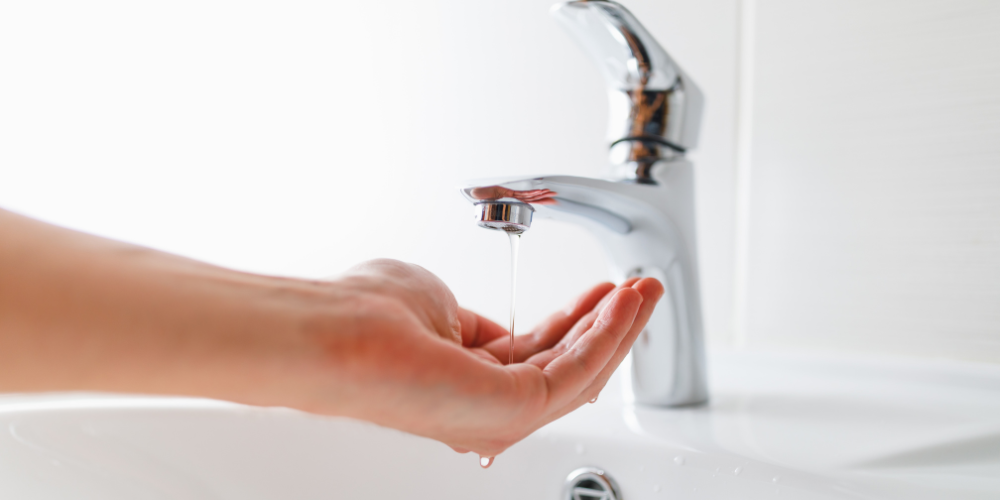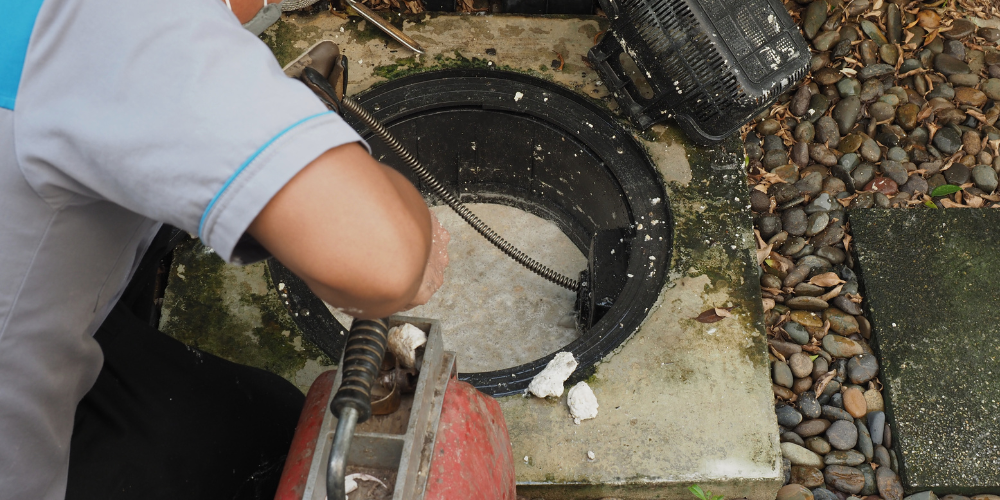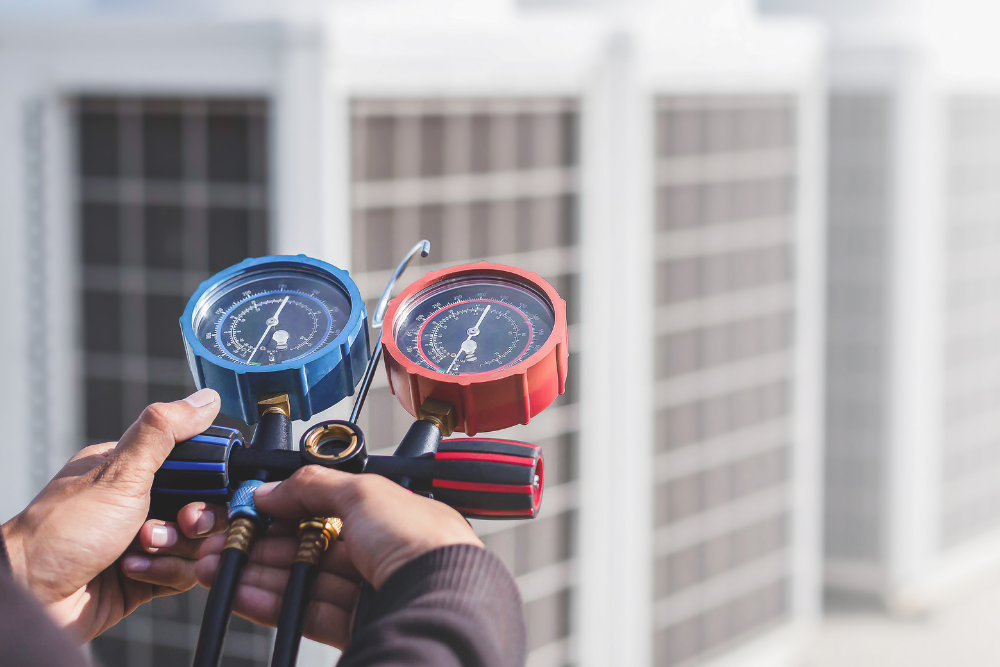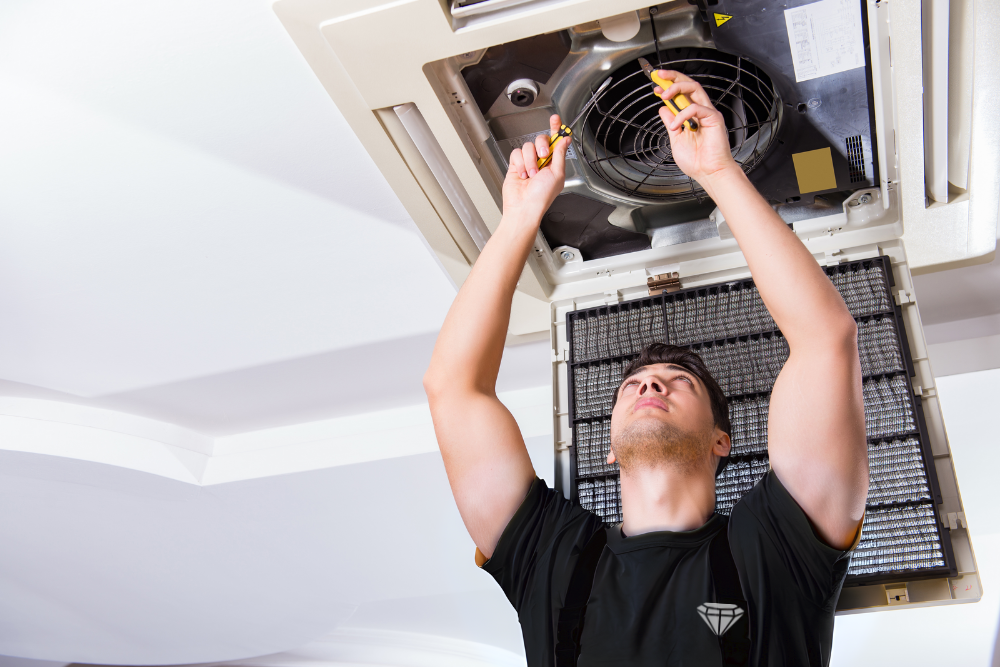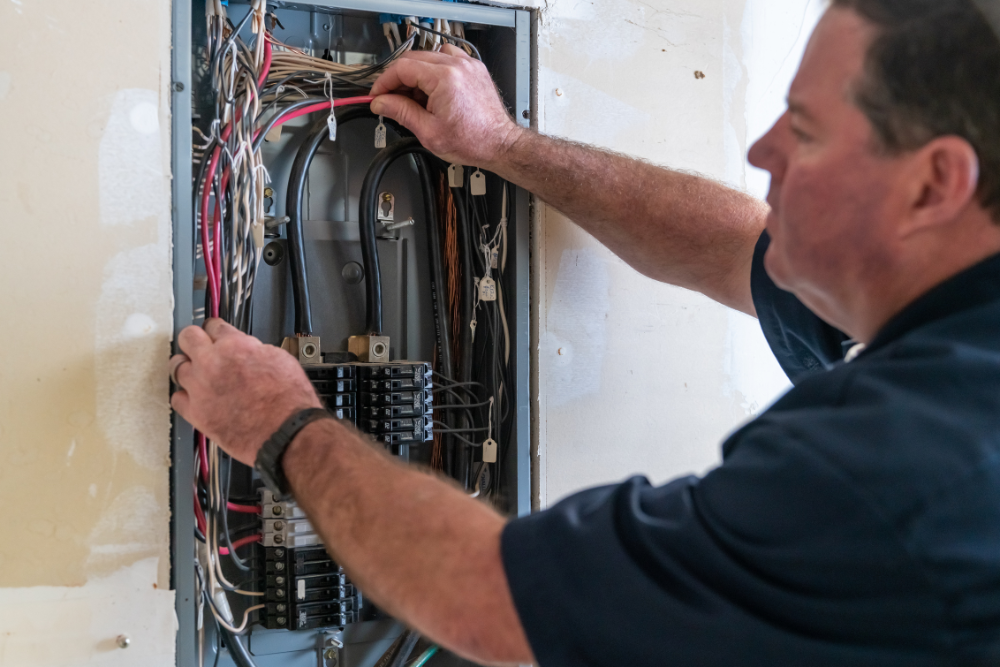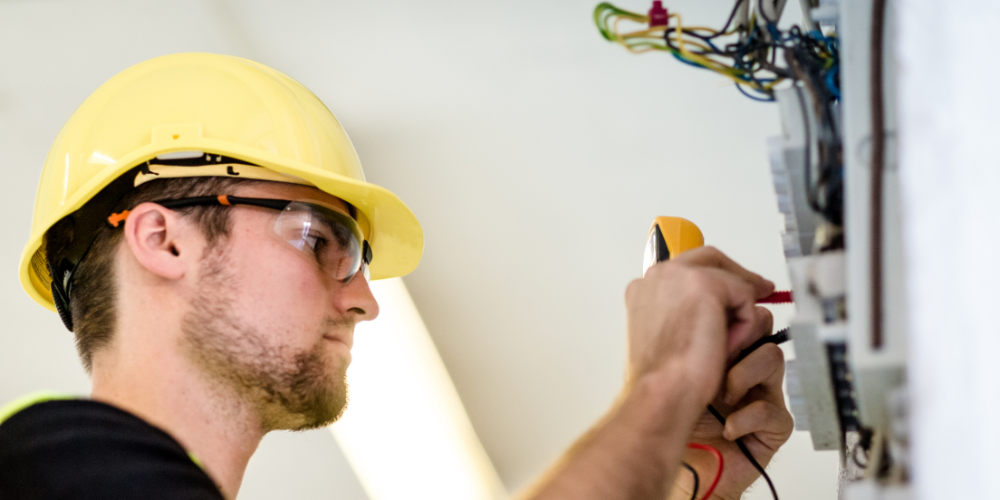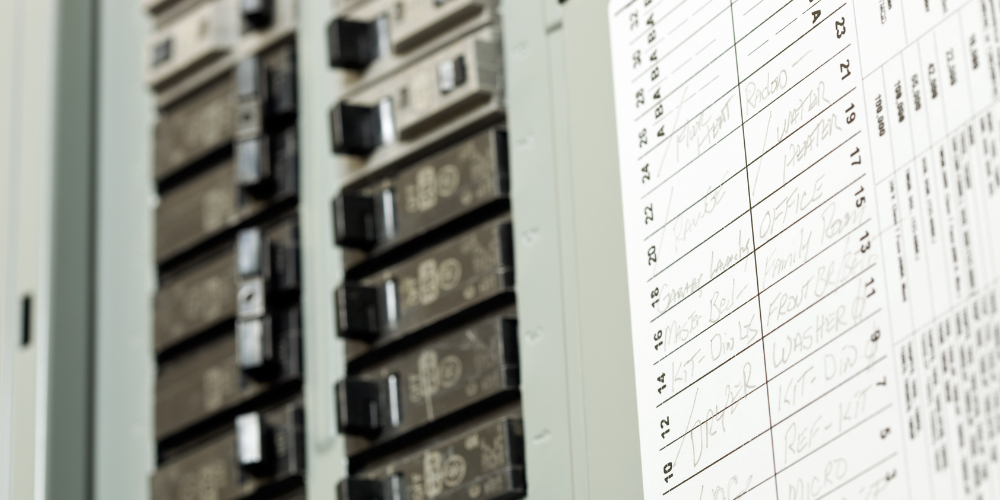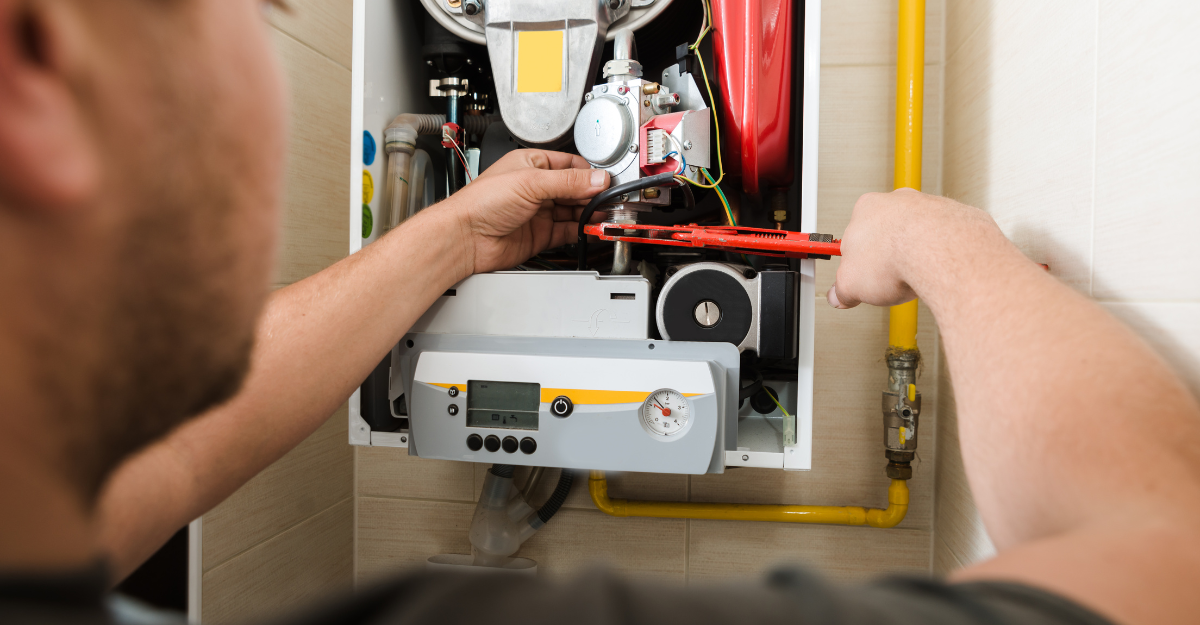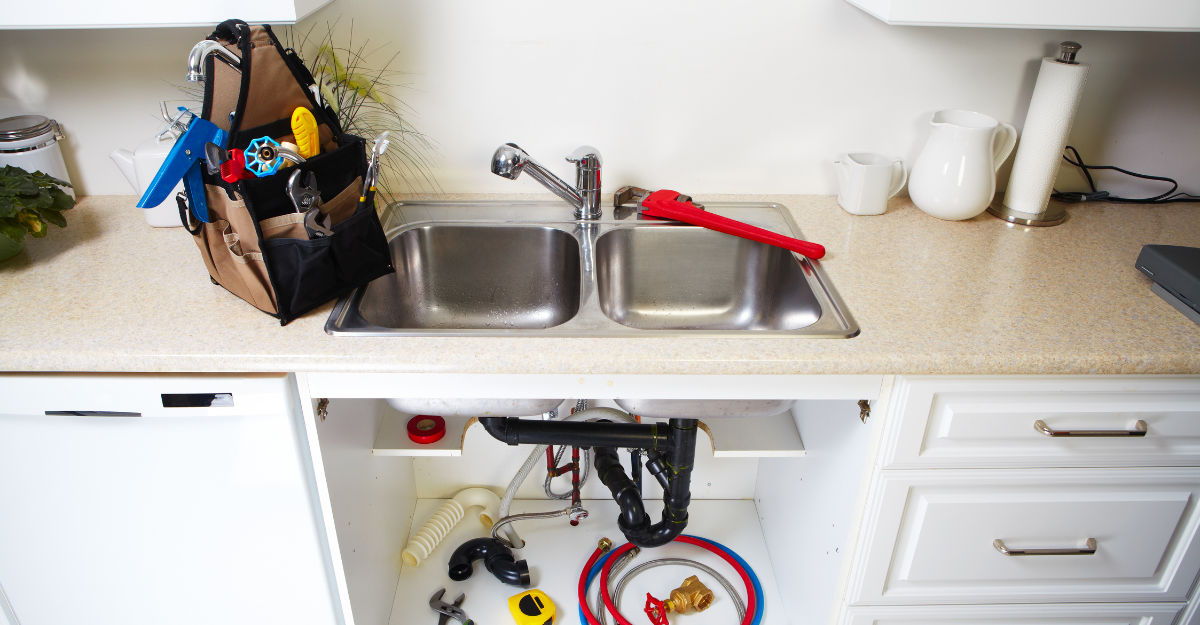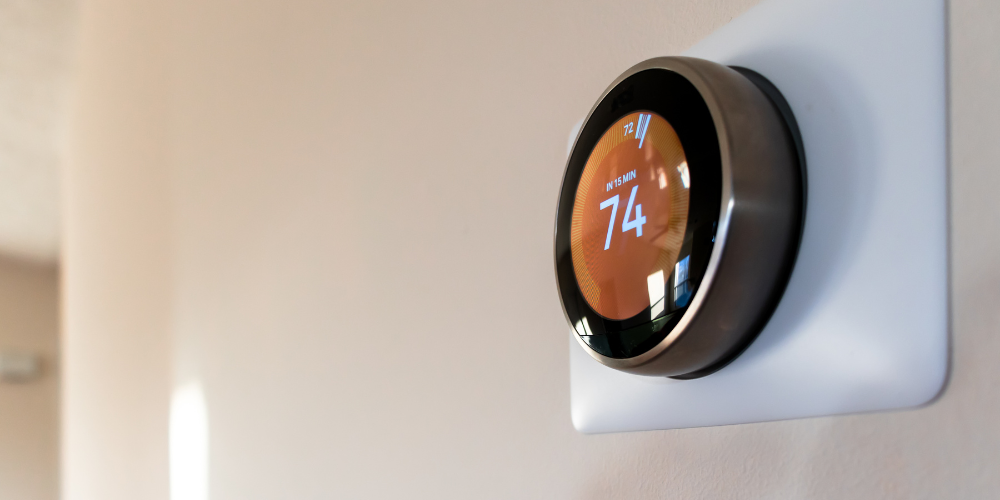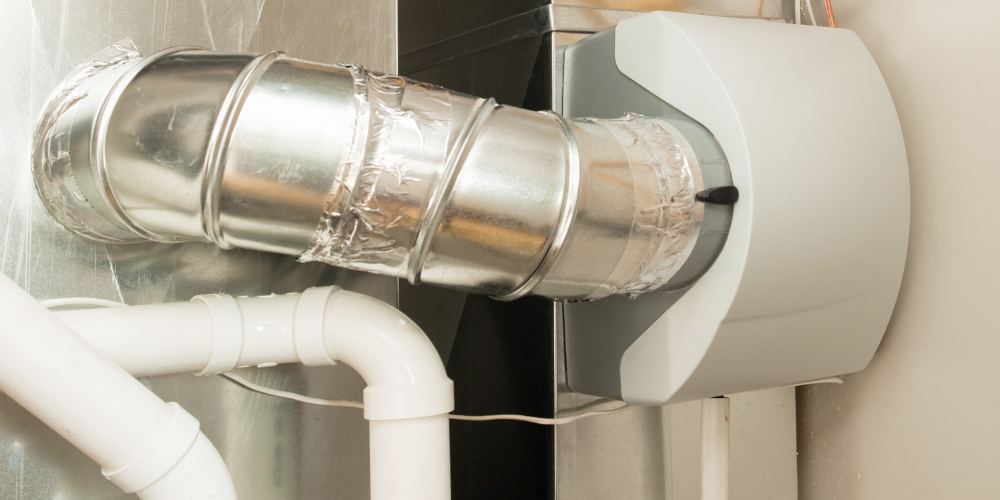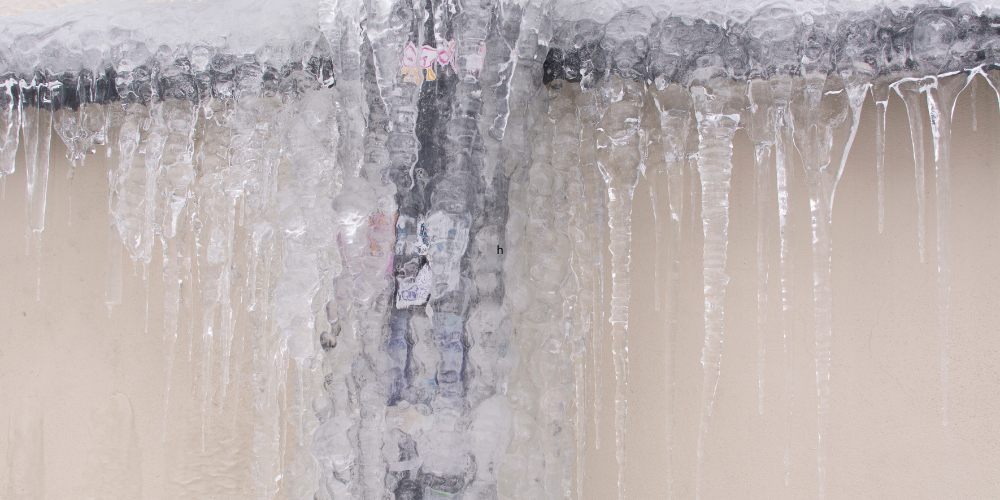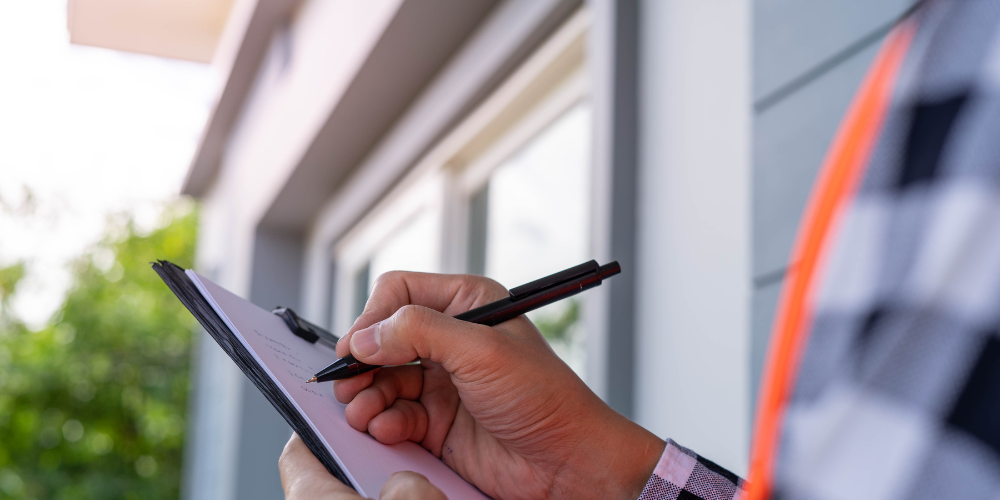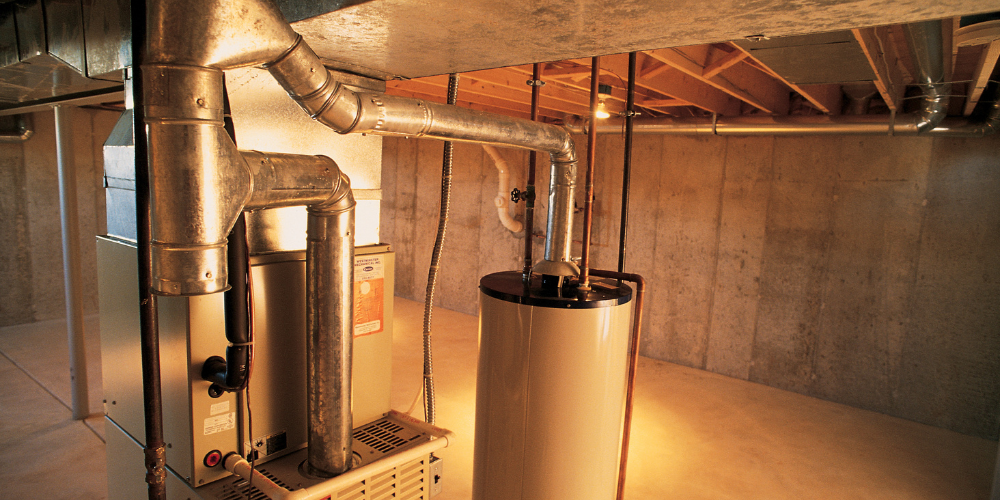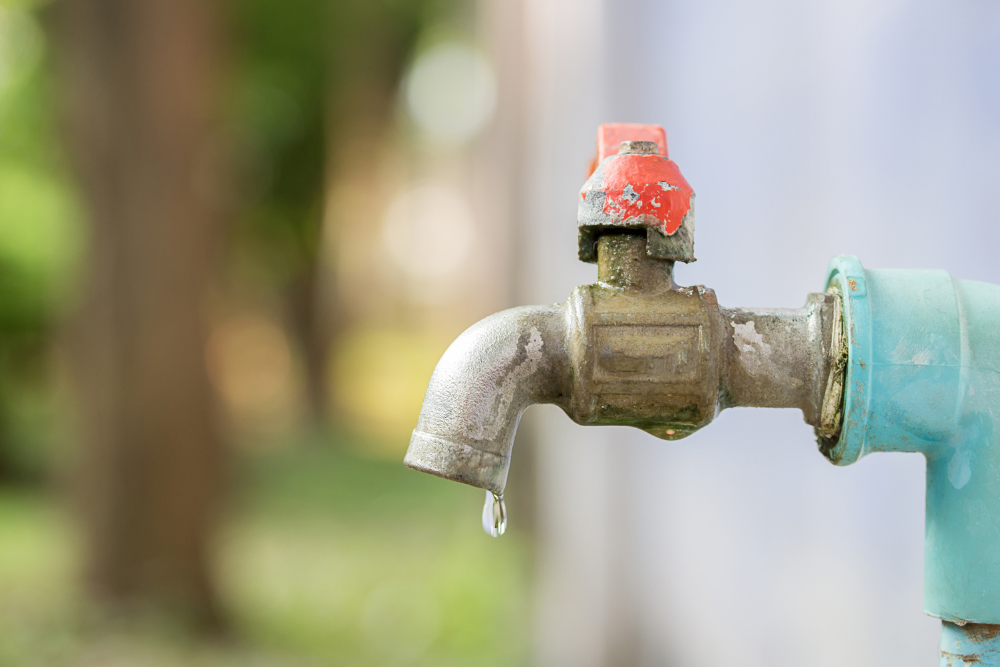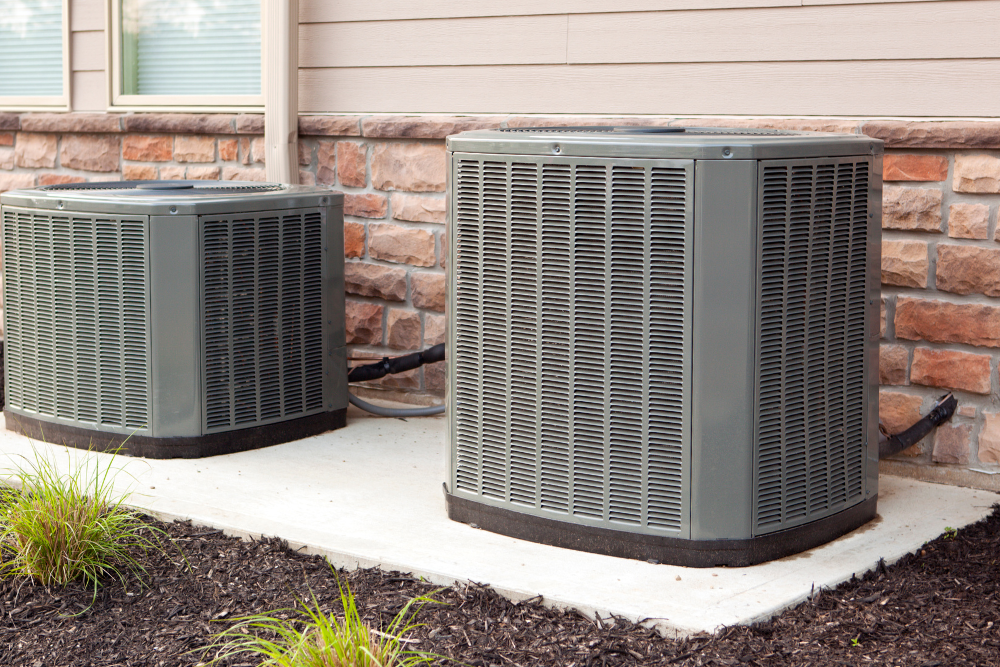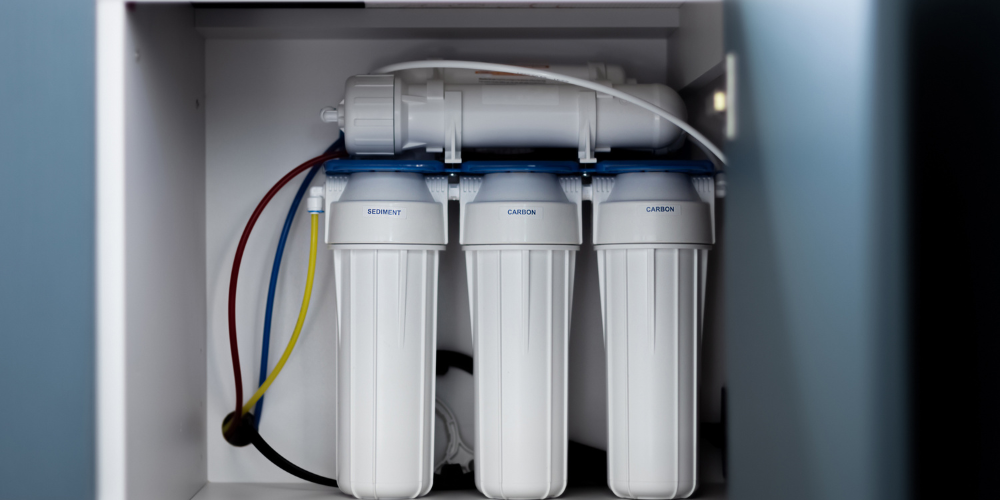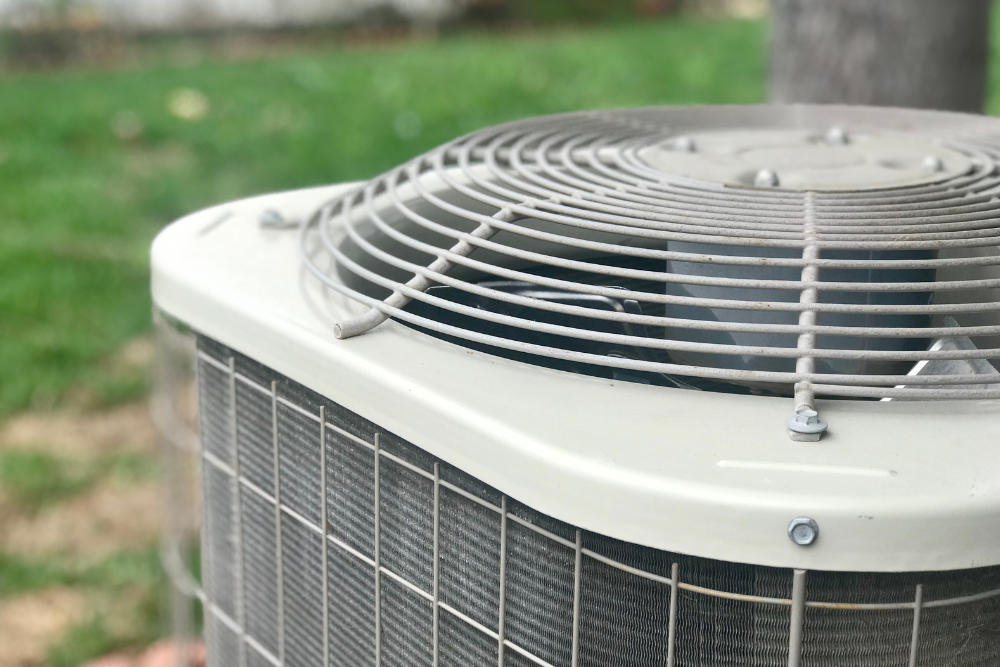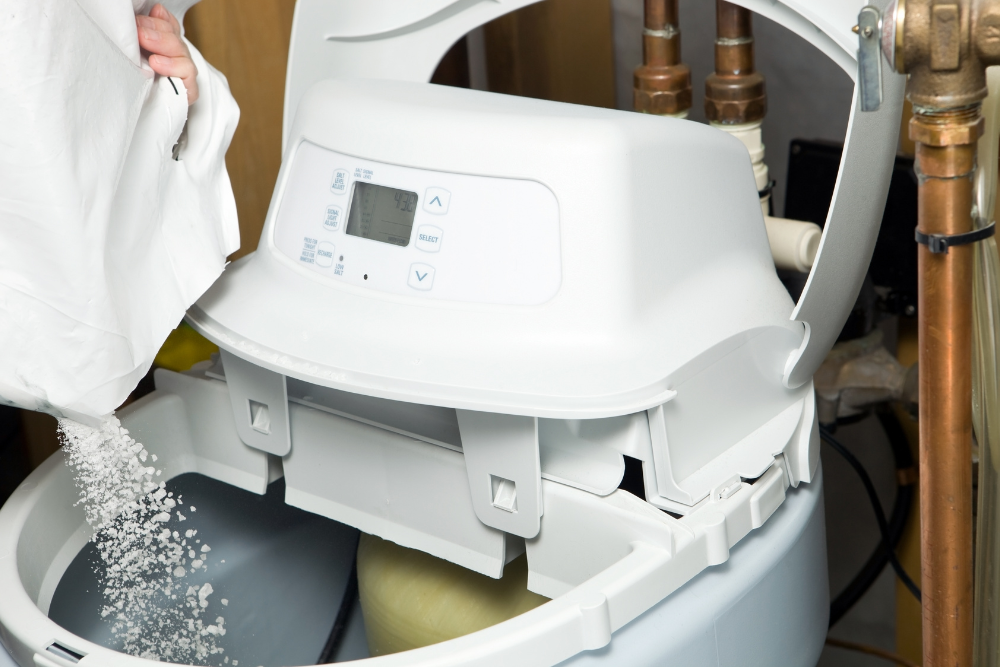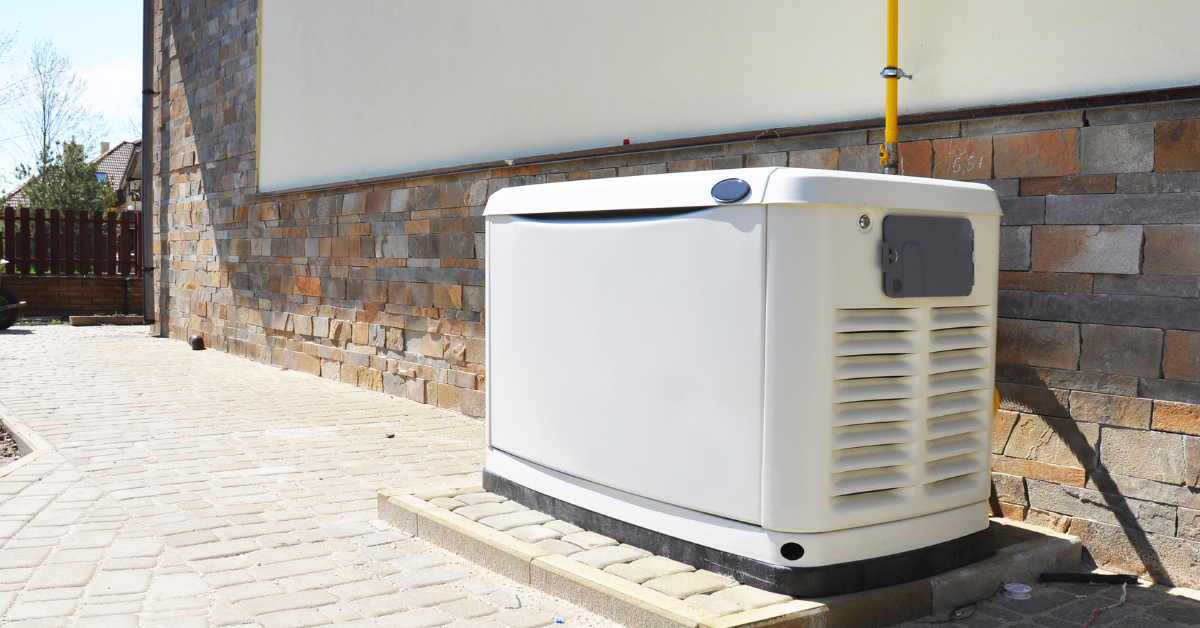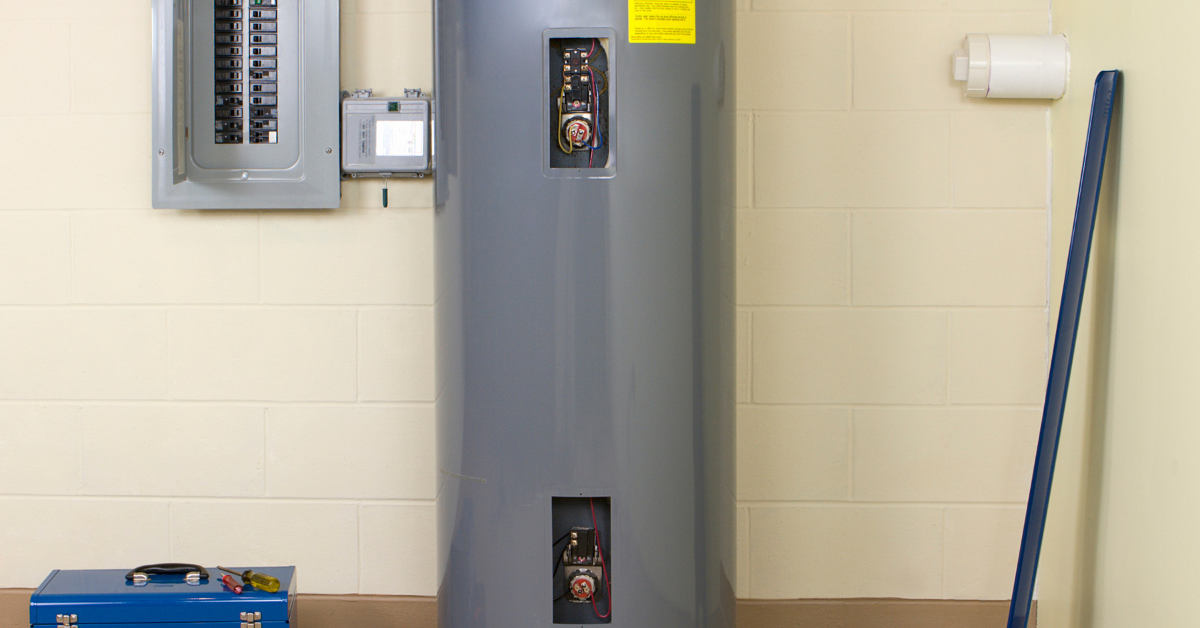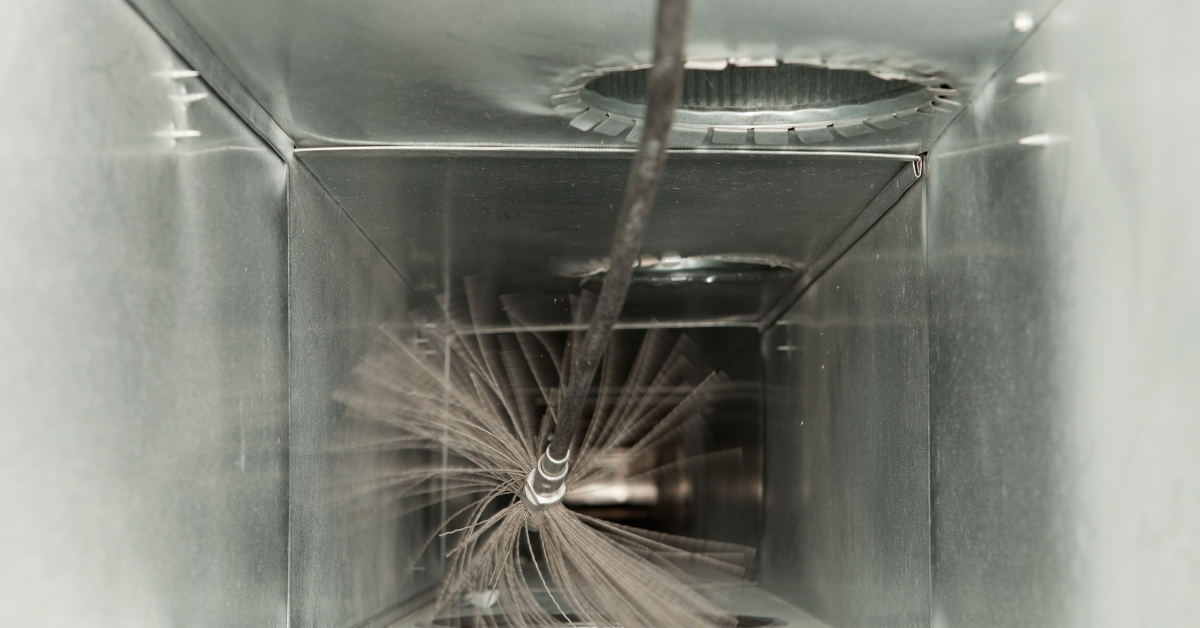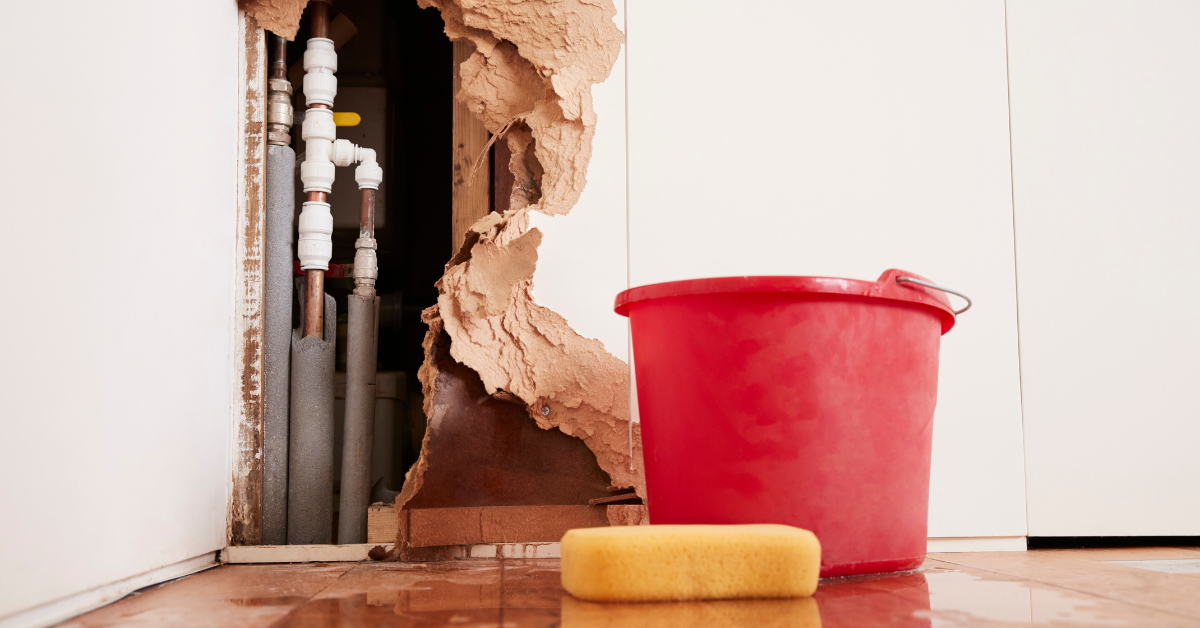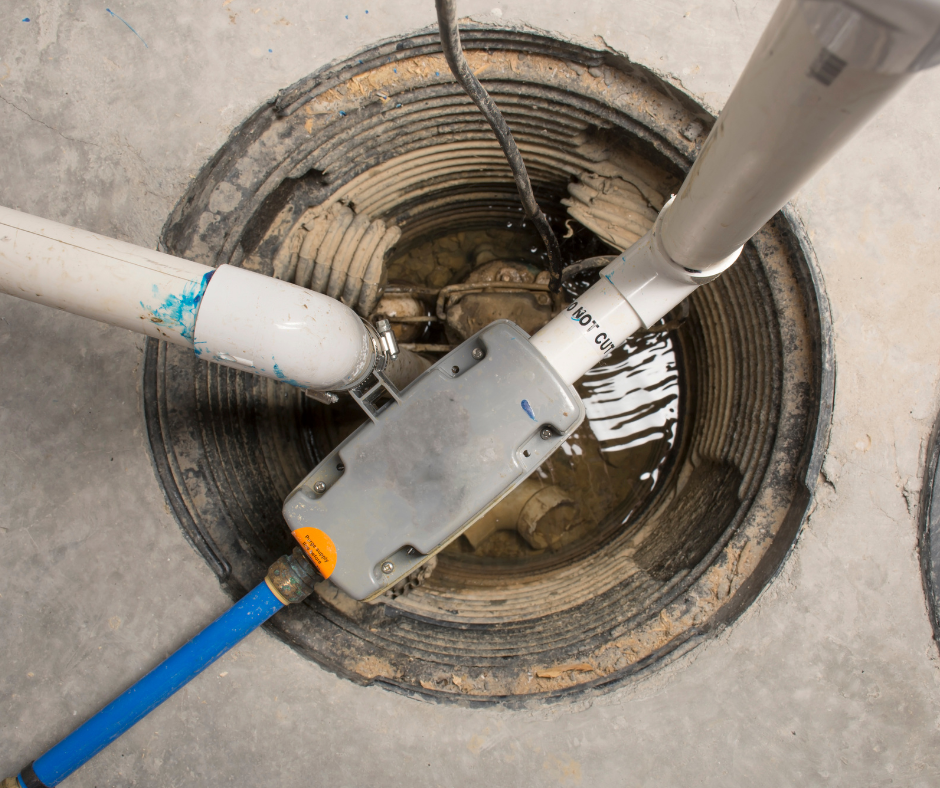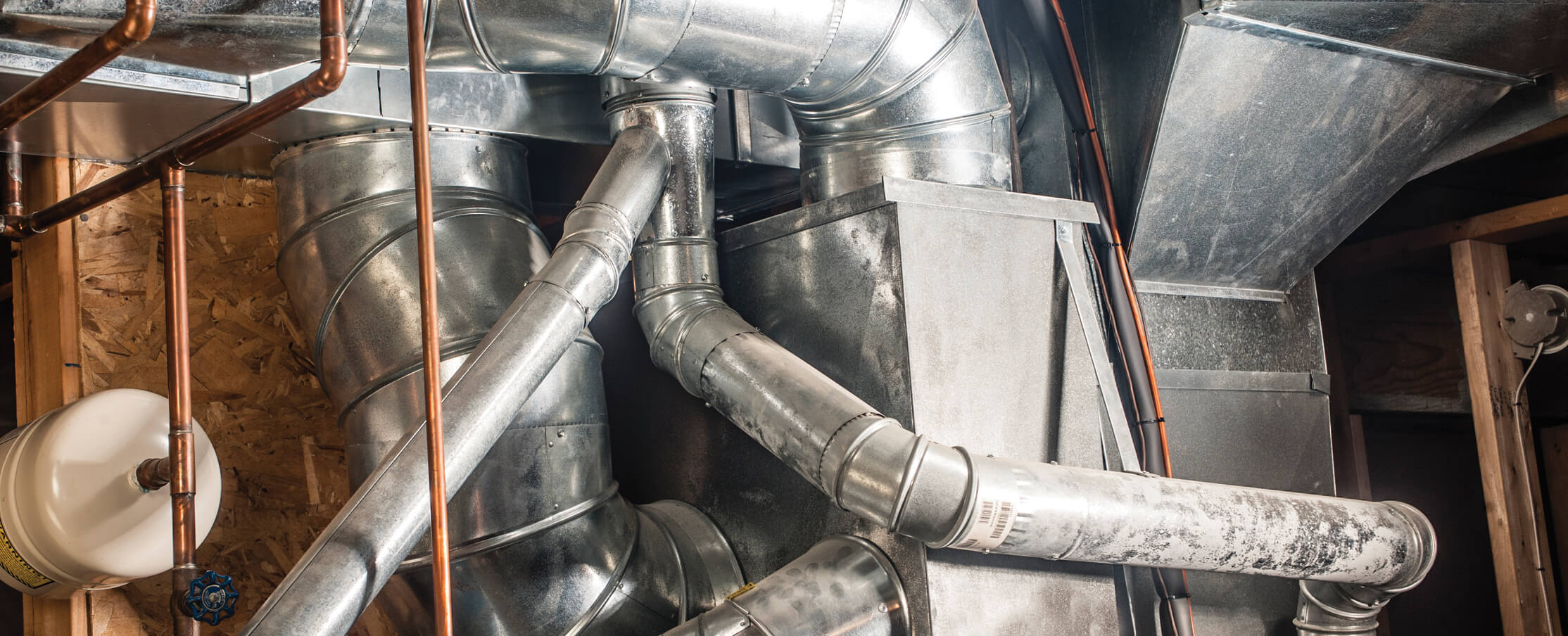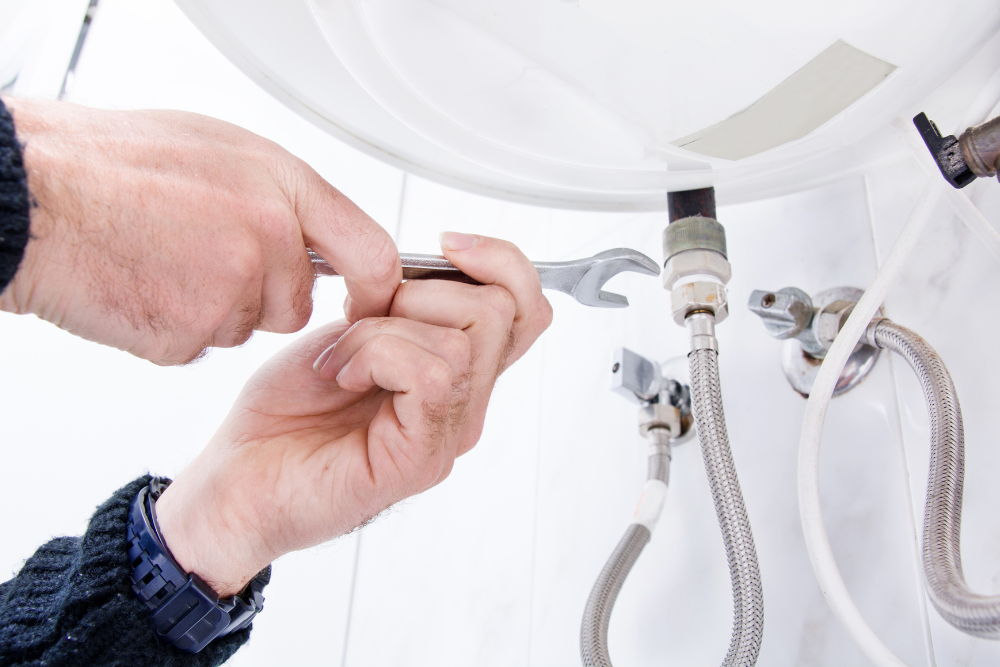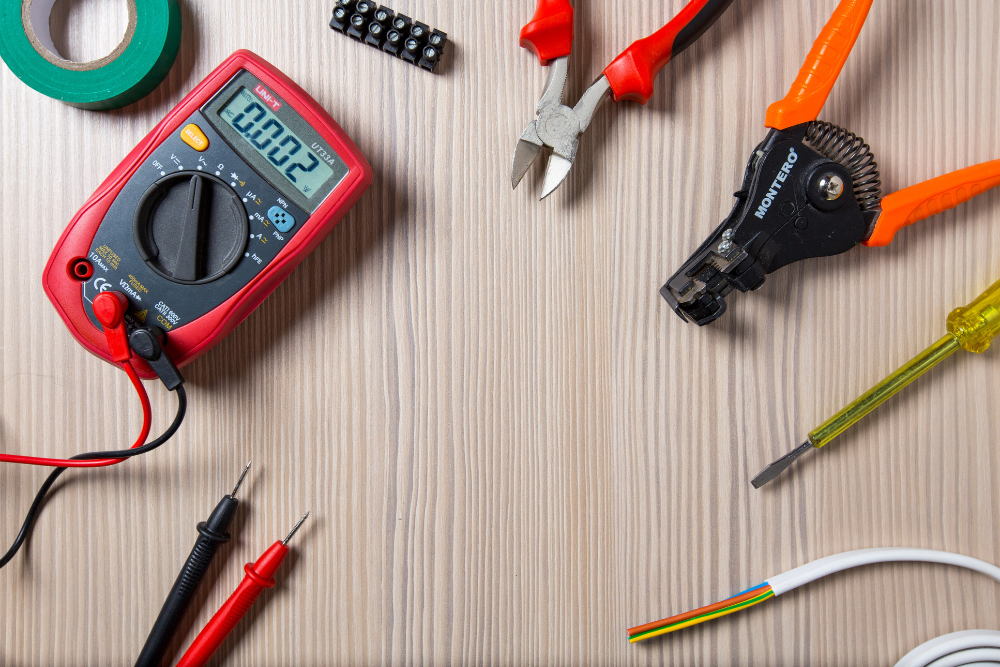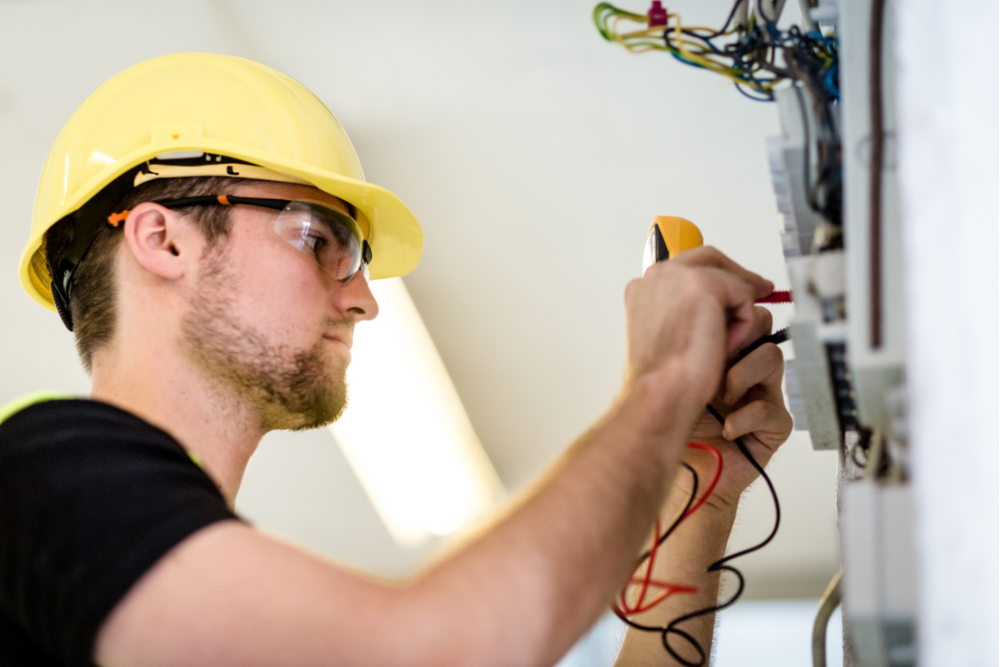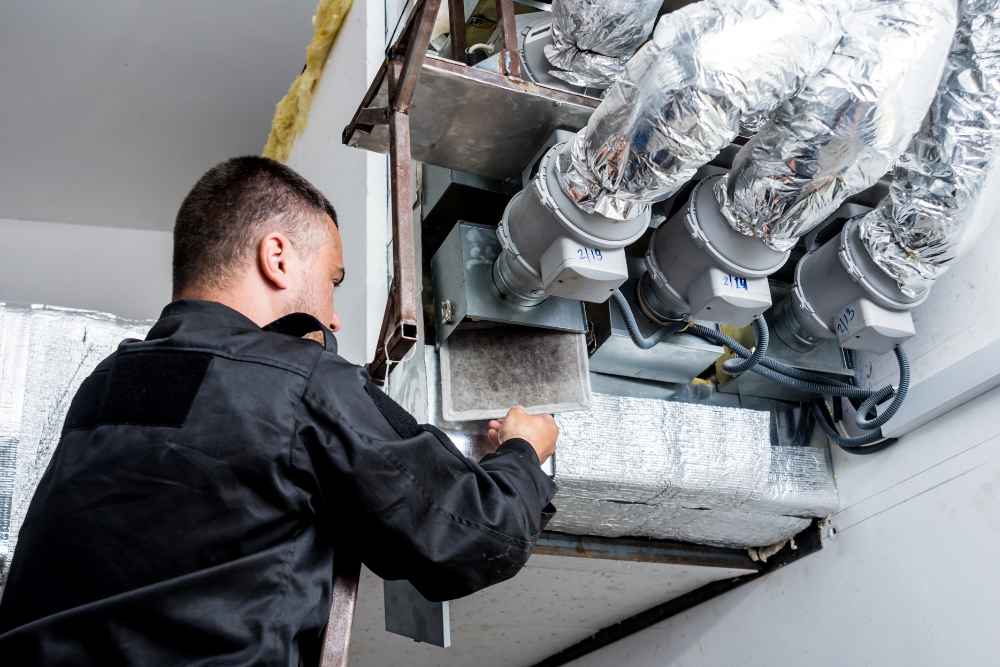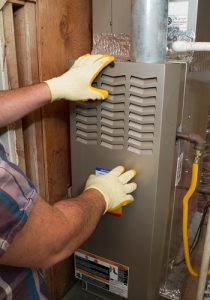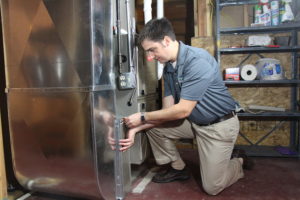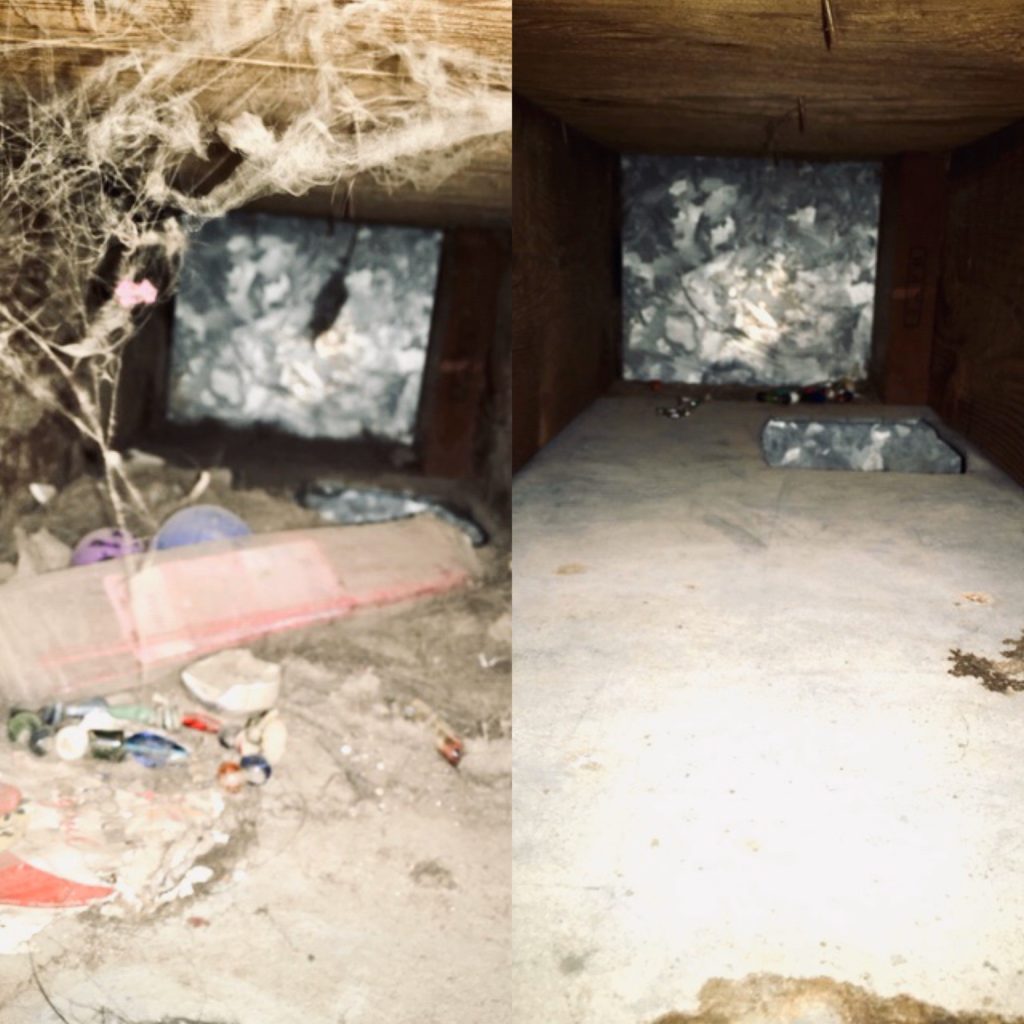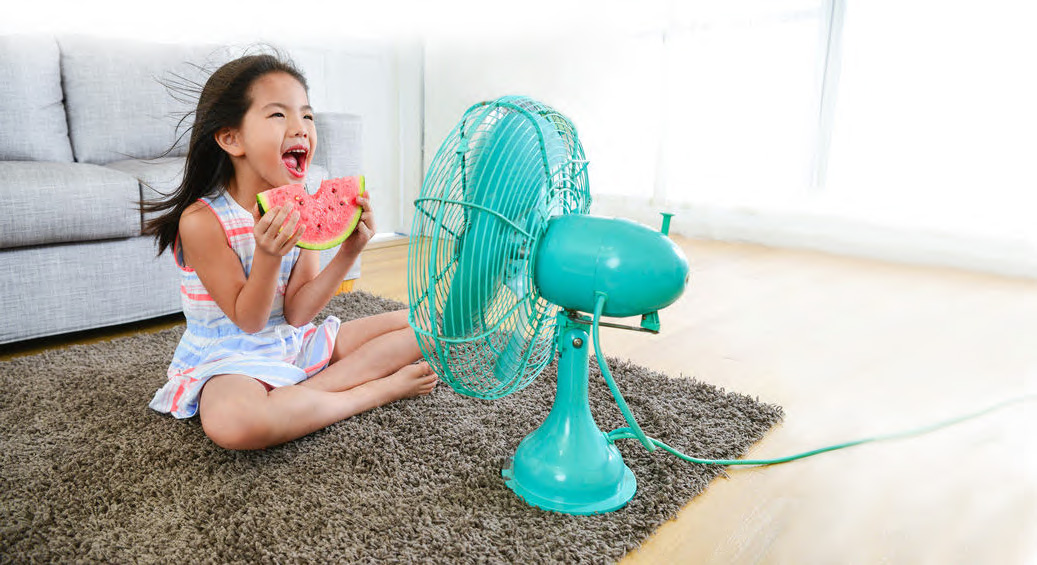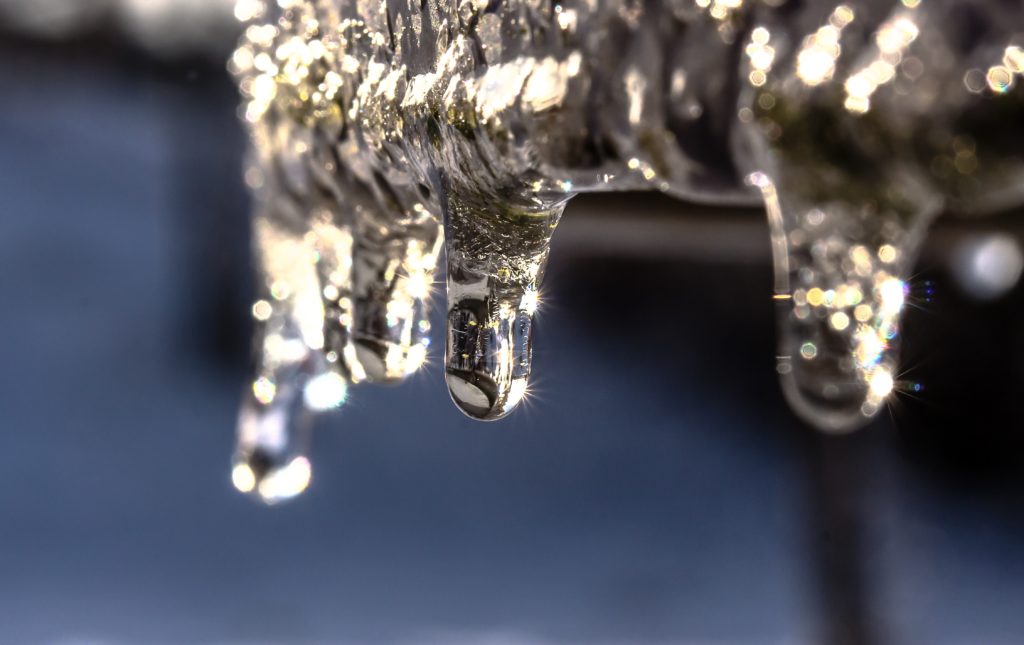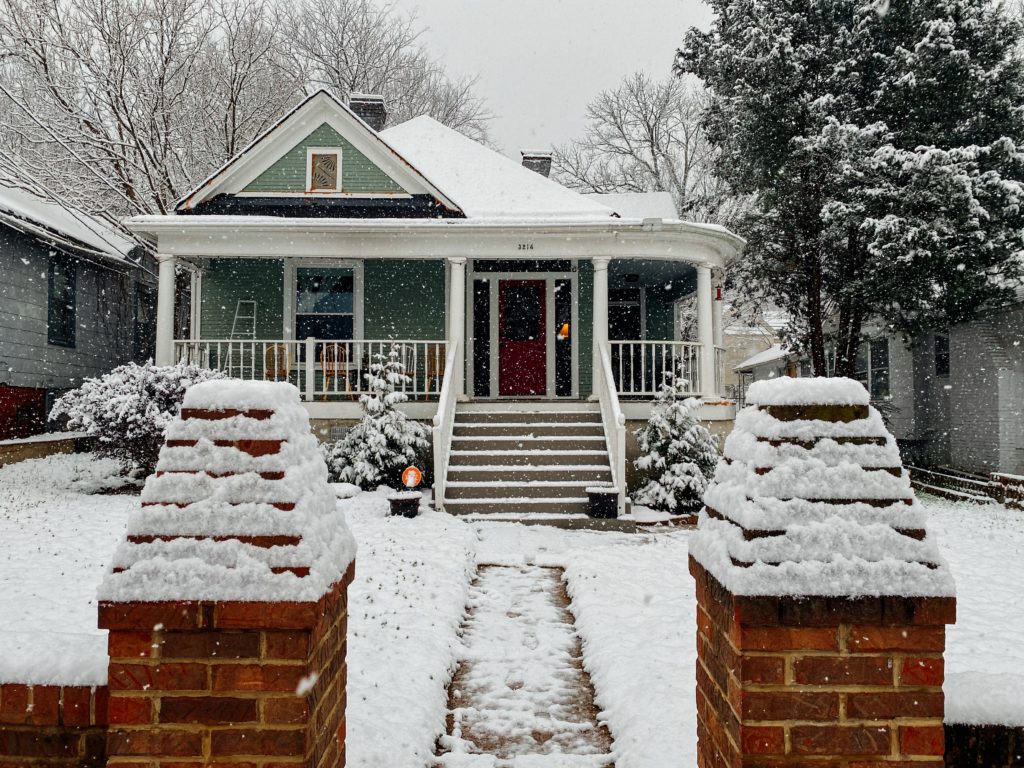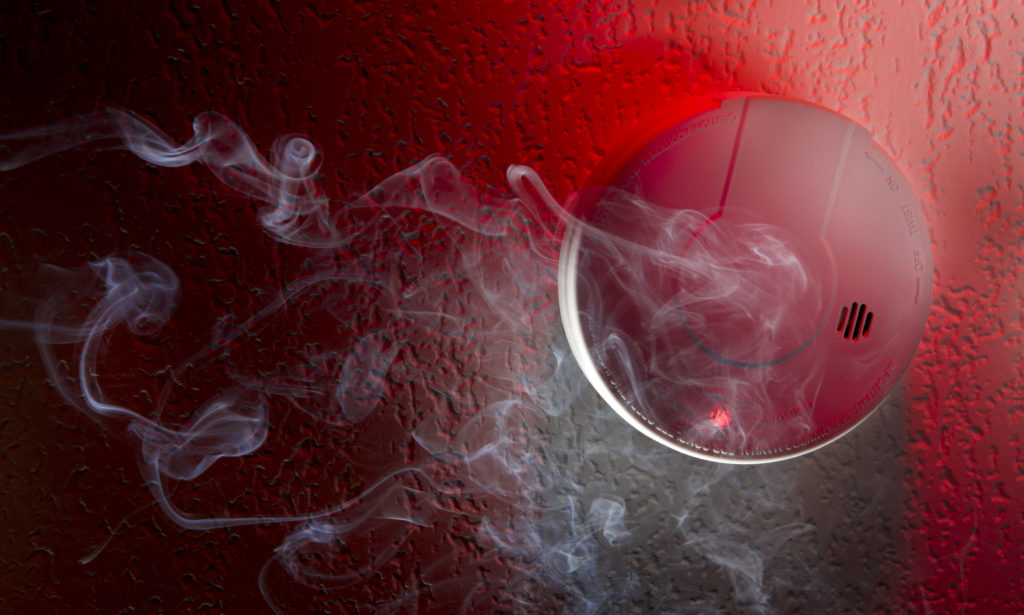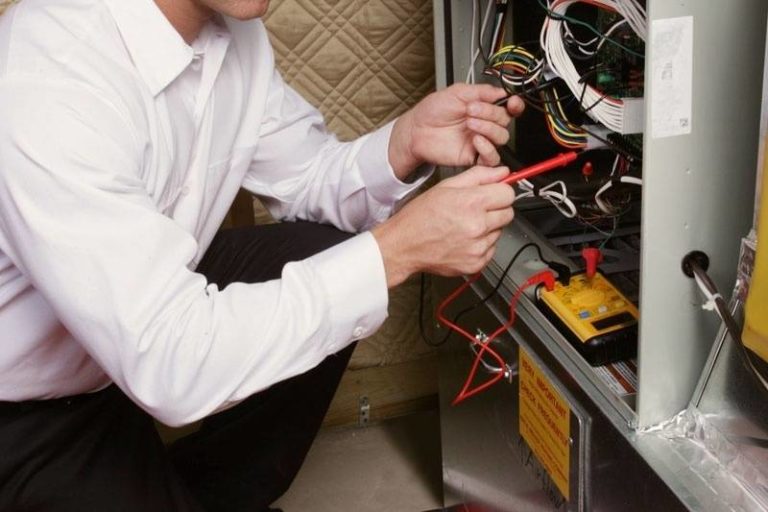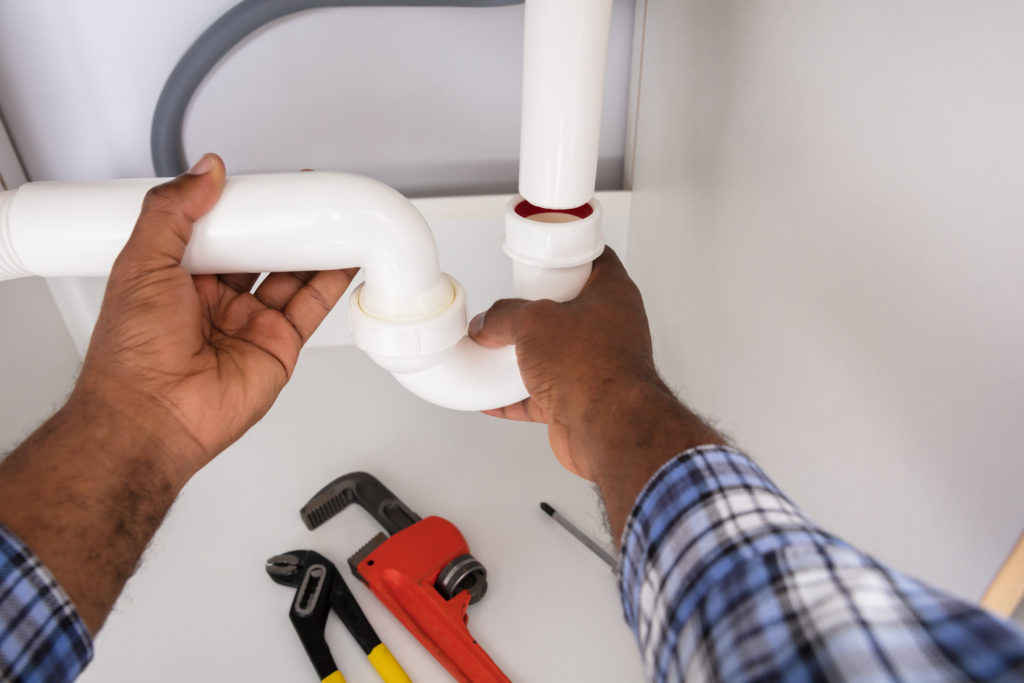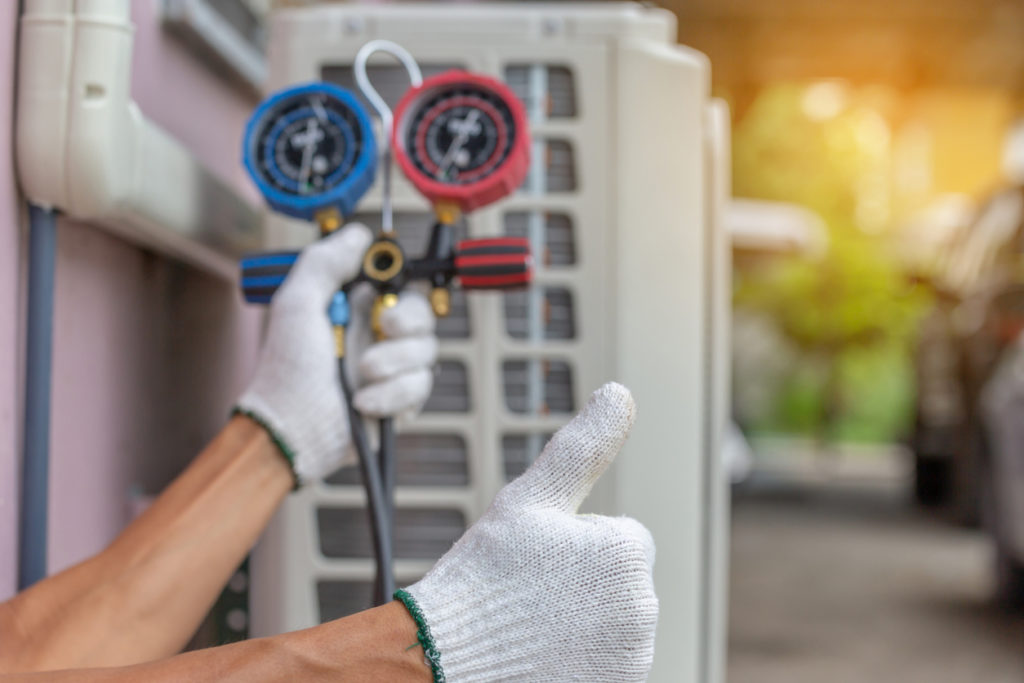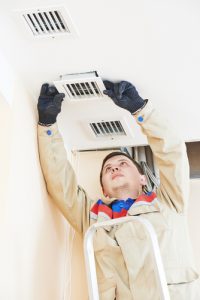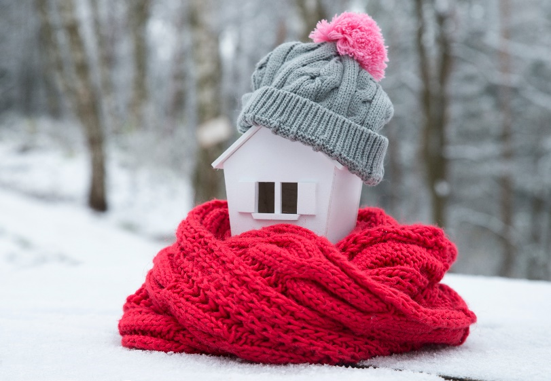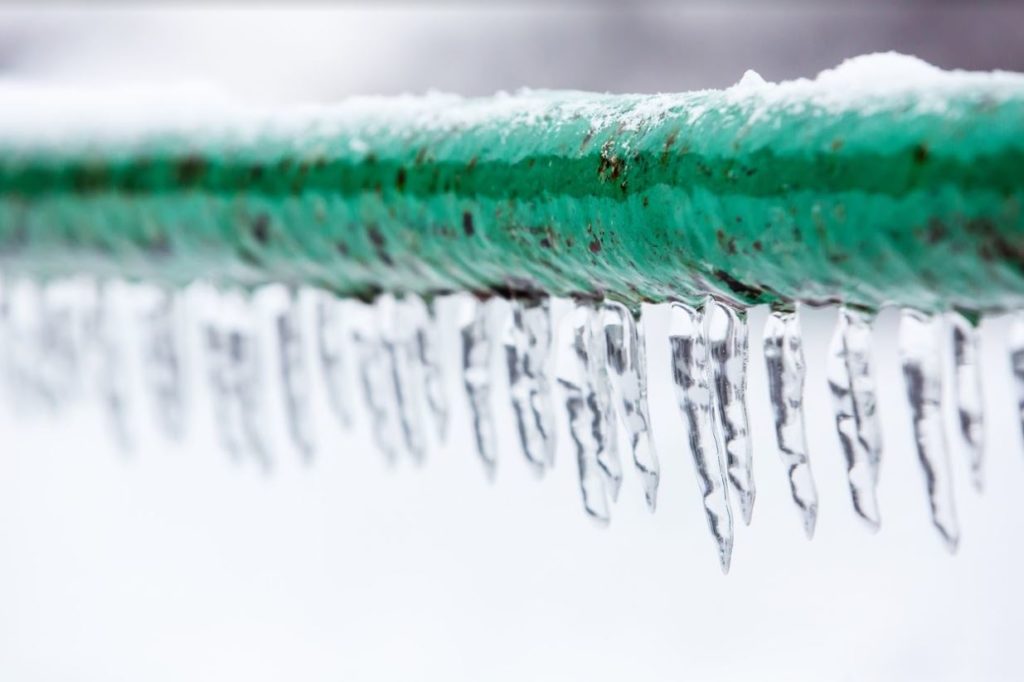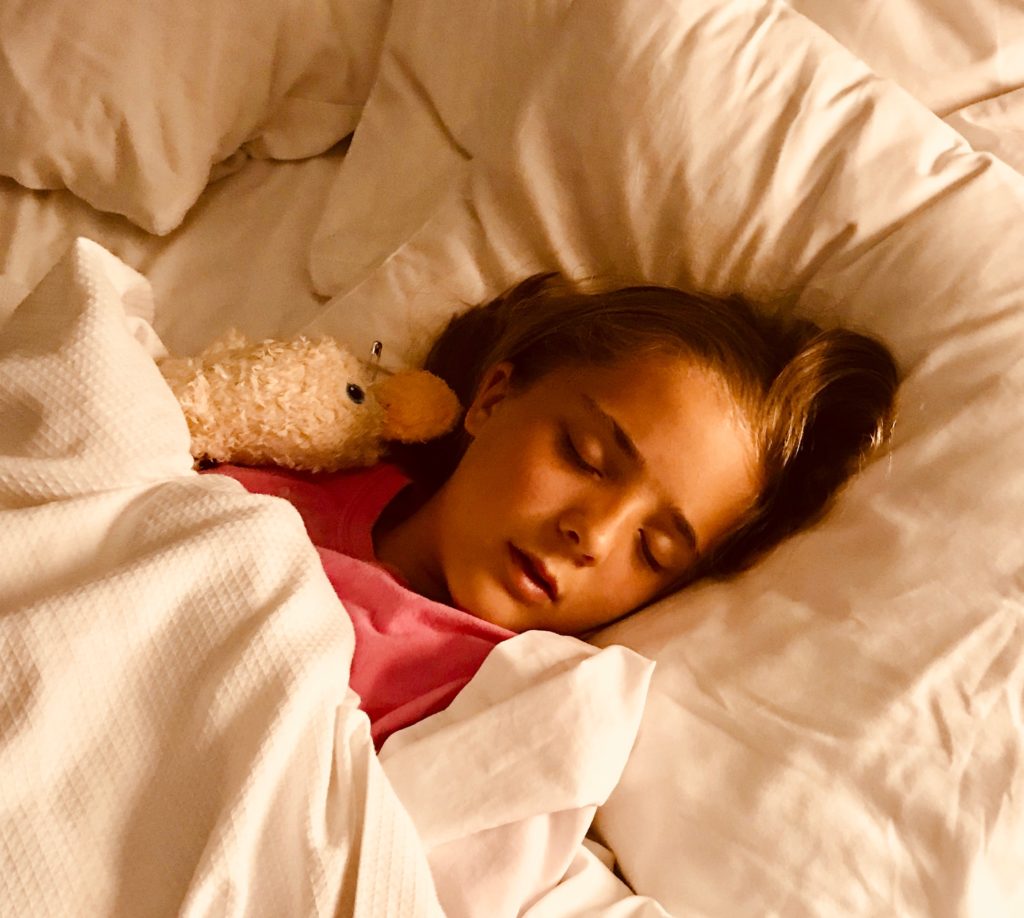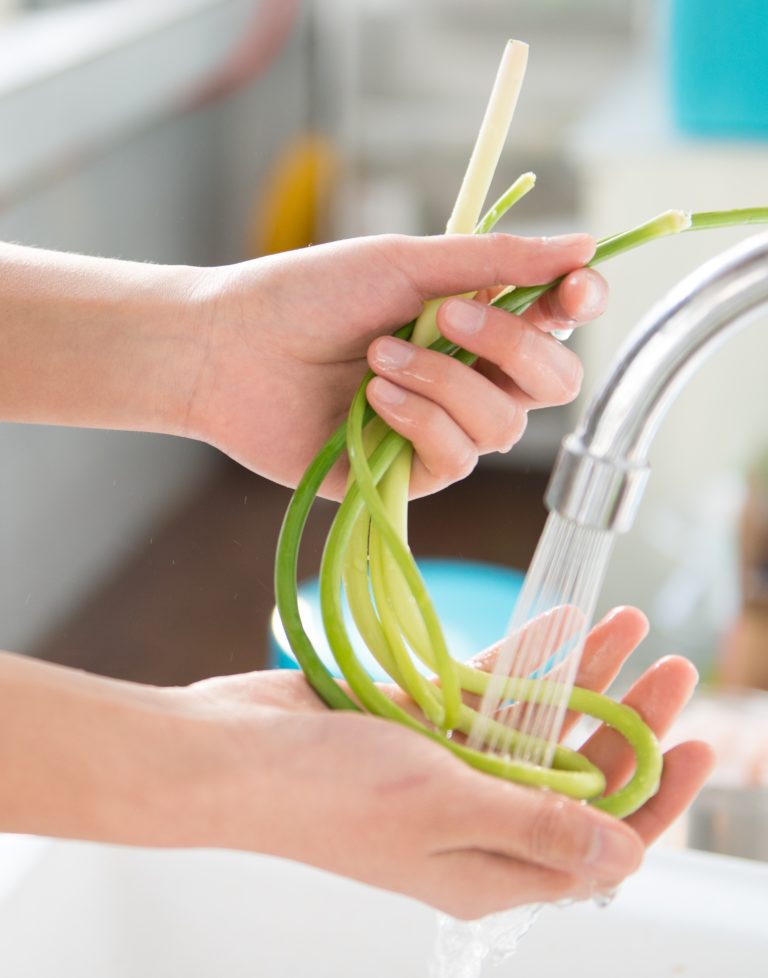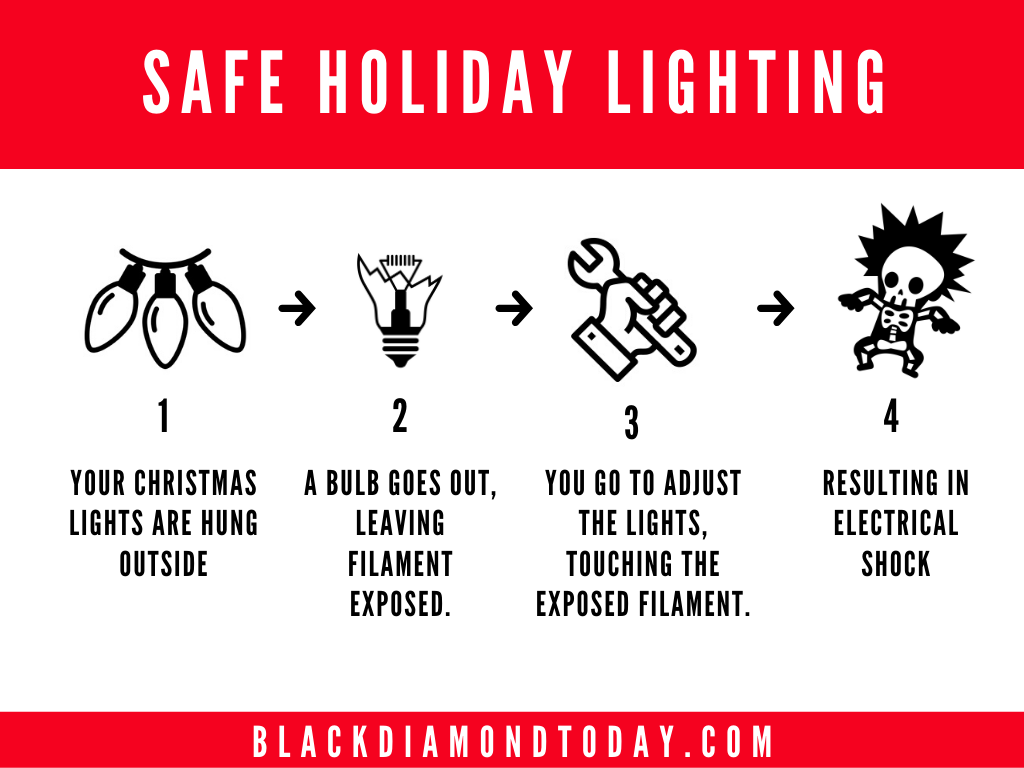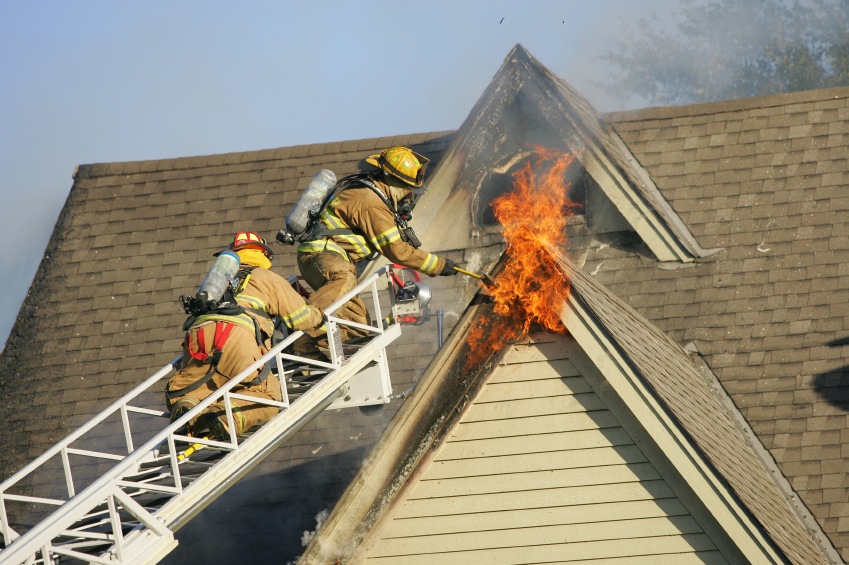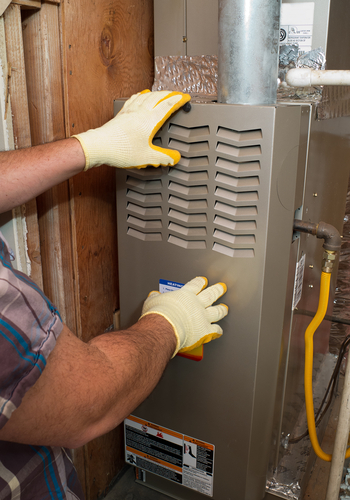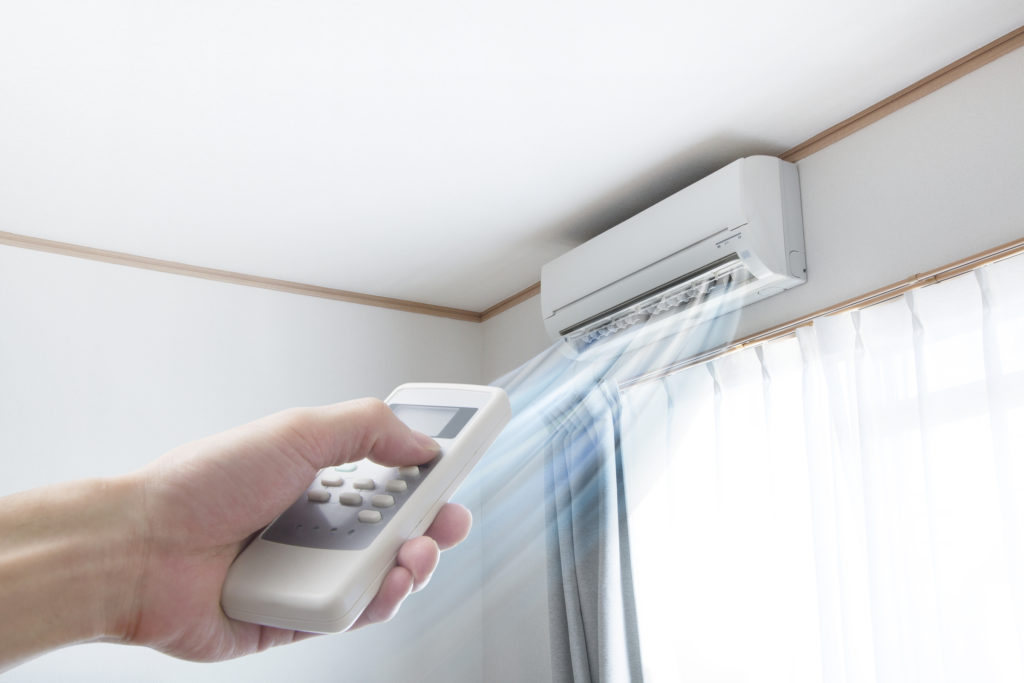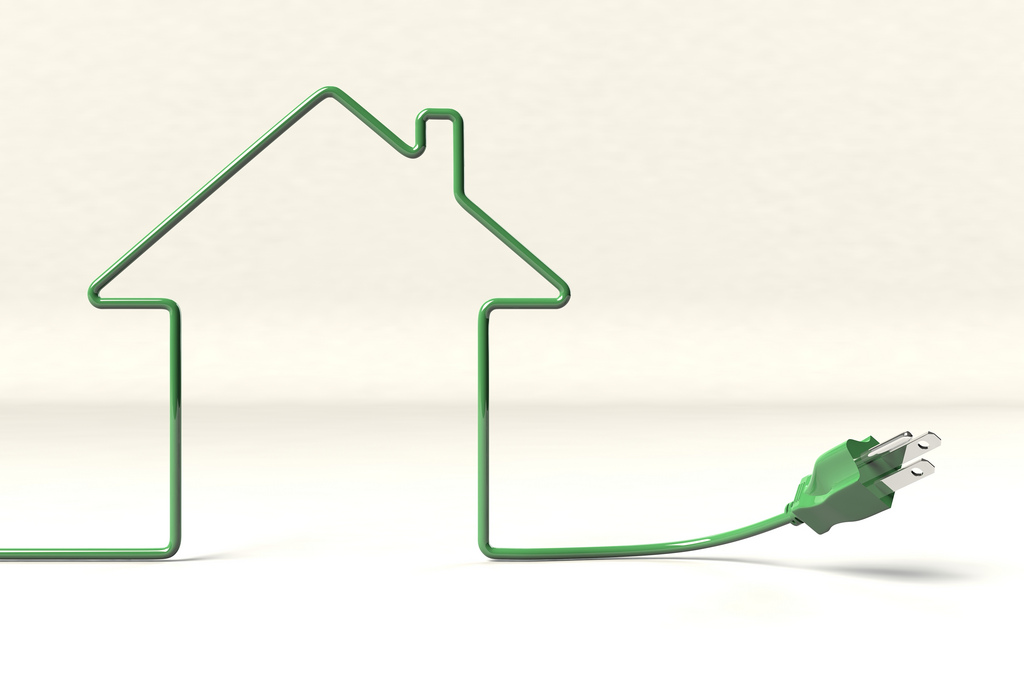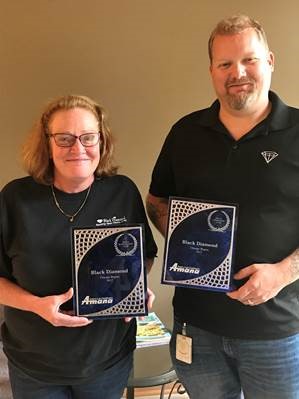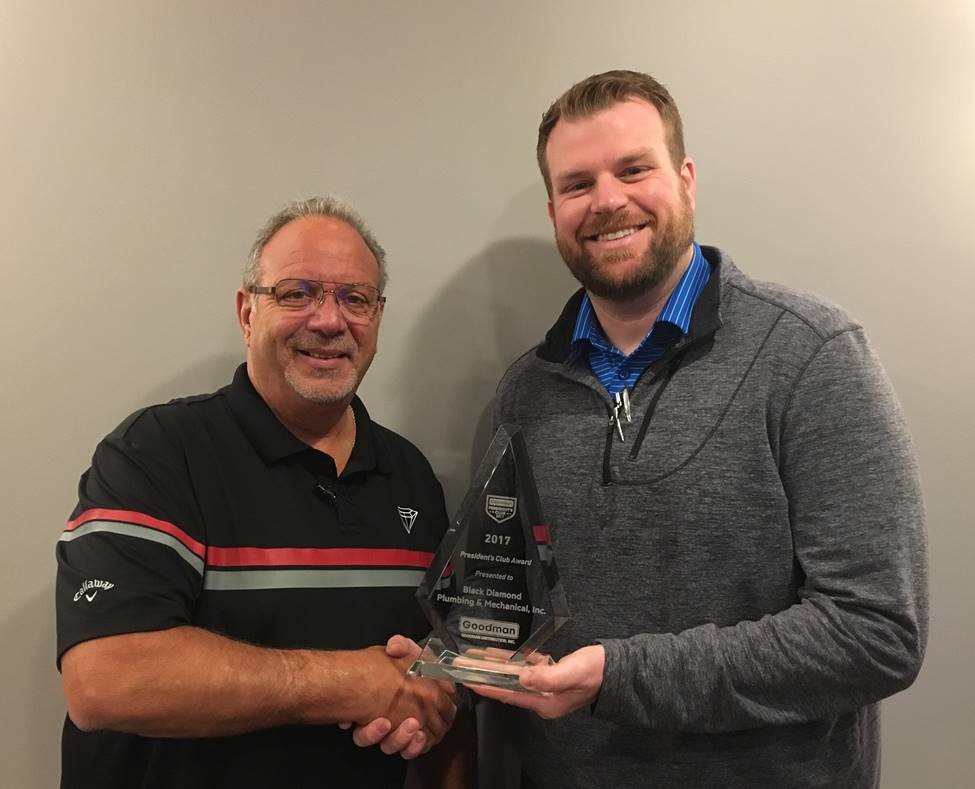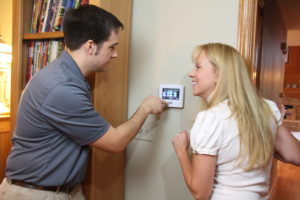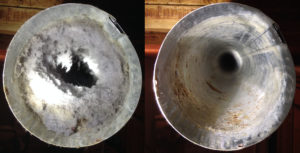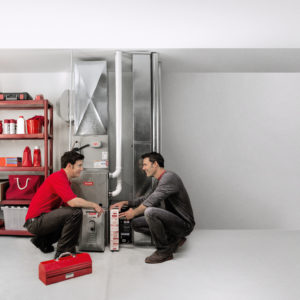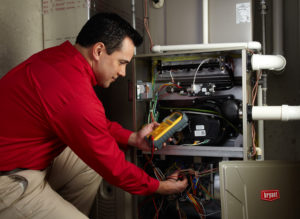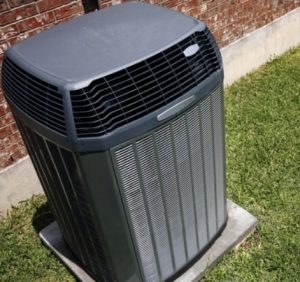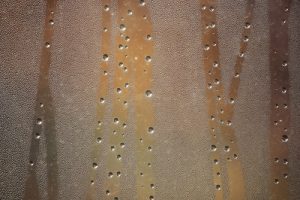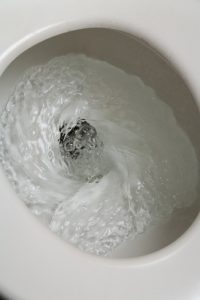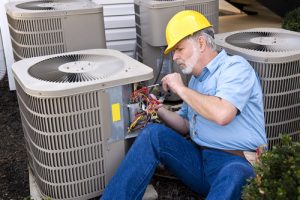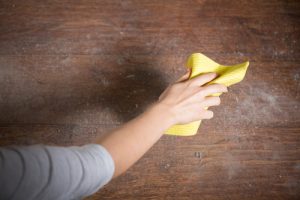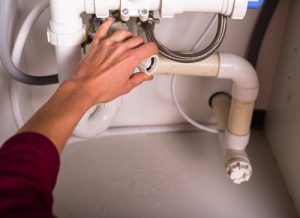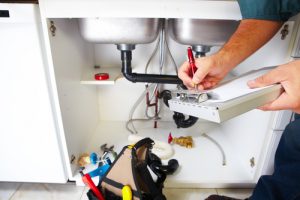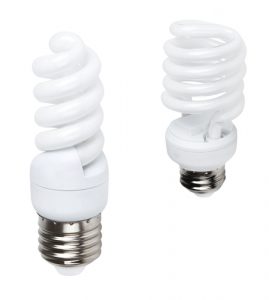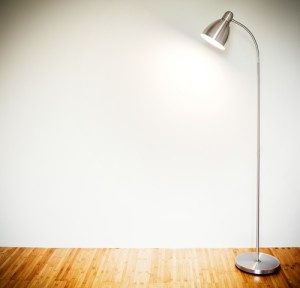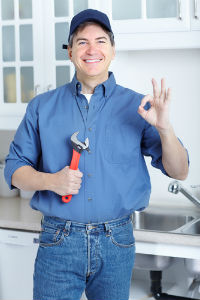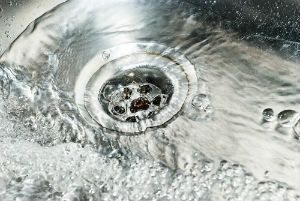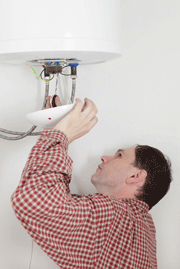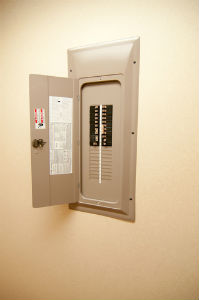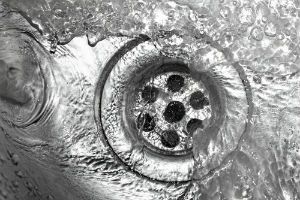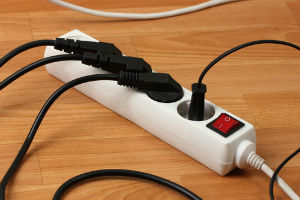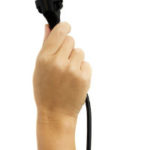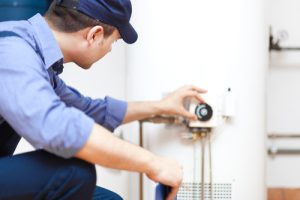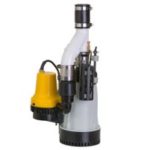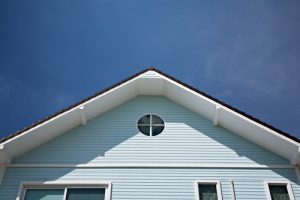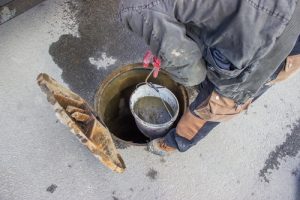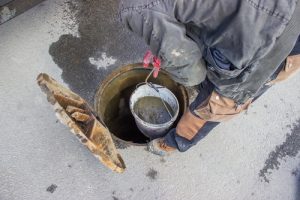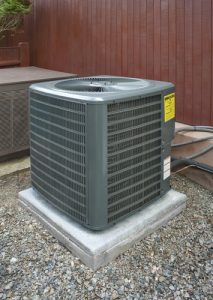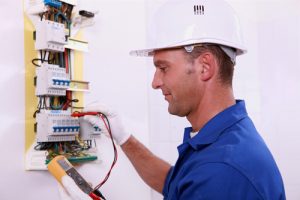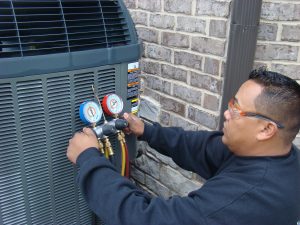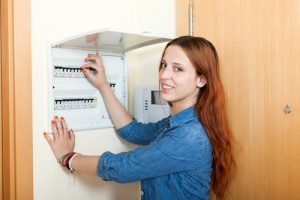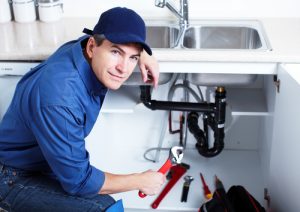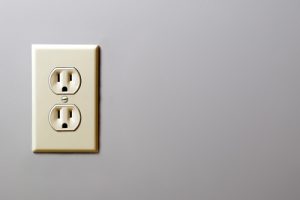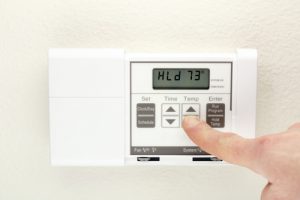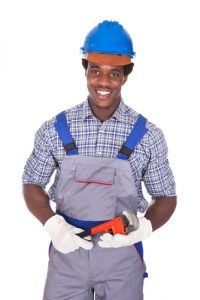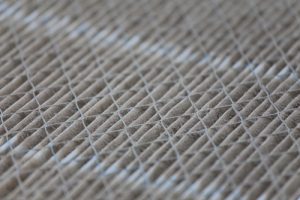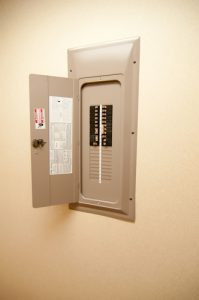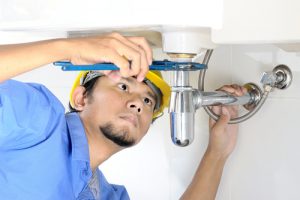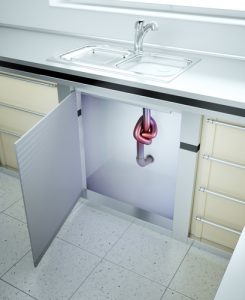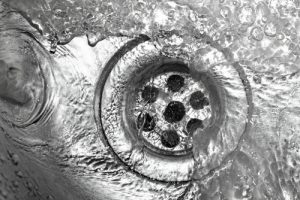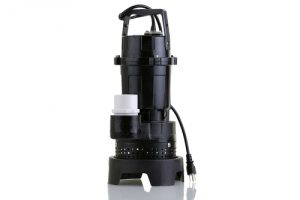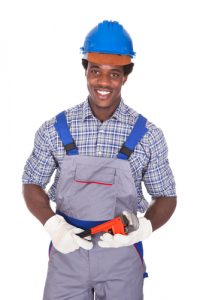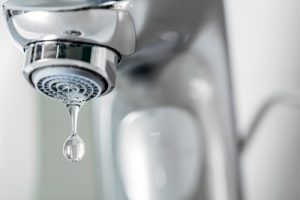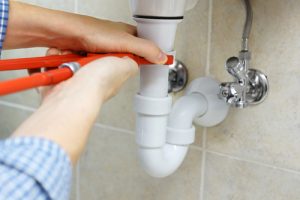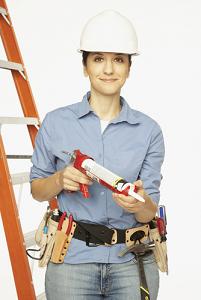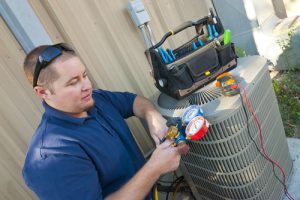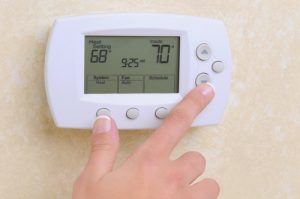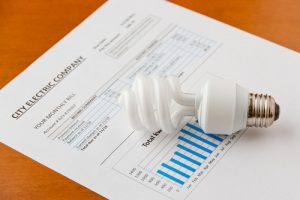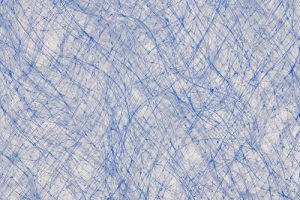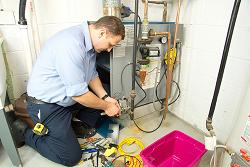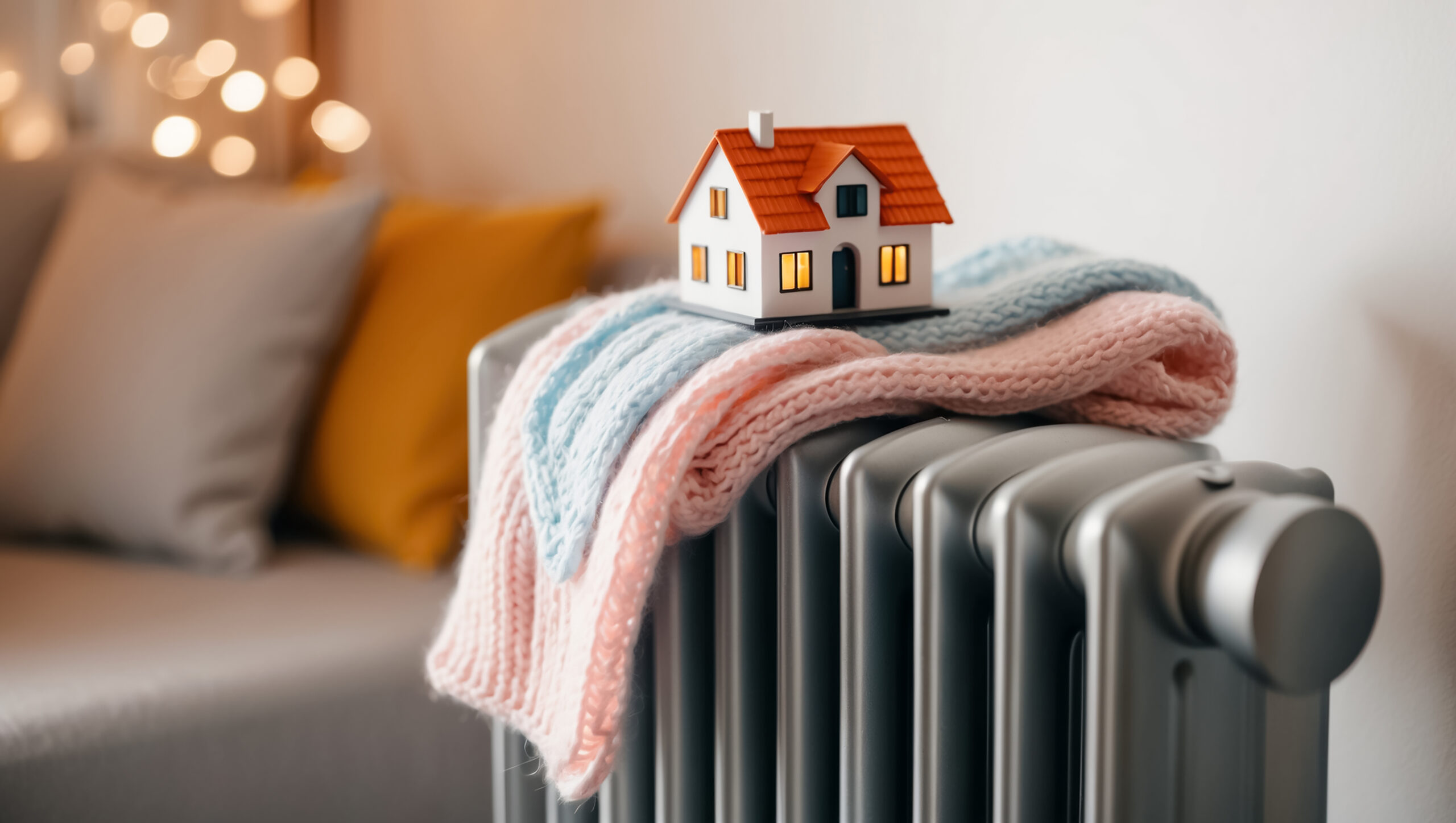Winterizing Your McHenry Home: A Fall Guide for Chicagoland Homeowners
The season may have just changed from summer to fall, but before you know it, you’ll be turning on the heat for the first time as the days get shorter and colder. The time to start home winterization is long before freezing temperatures hit, to ensure you’re prepared for the chill and the snow and to prevent any heating issues from cropping up on the coldest of days. Make sure your home is properly insulated, your furnace is running well, and you’re as energy-efficient as can be before it gets really cold and your heating bills shoot through the roof.
Add Insulation
During the years you’ve lived in your home, you may have noticed that certain rooms are colder in winter or hotter in summer than the rest of your house. Maybe you’ve never felt that your house has held your preferred temperature very well. Perhaps you have an unfinished basement or attic. If any of these scenarios is true, you probably need more insulation.
Keep the heat your furnace produces snug within your house by adding insulation. Focus on the basement ceiling and the attic floor to keep the heat enveloped in the most-used parts of your home. Don’t forget about your walls, either—anything to prevent the heat from rising and escaping. A well-insulated home will save energy regardless of the season and is especially nice in winter, when you’re trying to stay warm but keep your utility bills low.
Protect Against Drafts
Not only do drafts sneak up in the winter and make it impossible to feel warm, but they also steal a considerable portion of your home’s energy. Buy some of those clever little draft snakes that slide under your inside doors and stop up the gaps. At the very least, stick one under the doors that open into your garage, basement, and attic. Stop drafts from coming through your front and back doors by installing glass storm doors. Make sure to get one that fits perfectly all the way around, which will create a seal between the inside of your house and the outside air.
You may even have tiny drafts around your plumbing, your sinks and shower, and your electrical outlets. A draft can come from anywhere something connects with or goes through your wall. A number of tricks for detecting drafts exist. You can hold a candle flame near suspected draft sources and see if it gutters, or you can simply use your hand to feel whether any air is flowing. If you find any drafts, caulk is your friend. You can seal up your outlets, light switches, sinks, and showers with a tube of caulk.
Schedule Furnace Maintenance
It’s been months since you turned on your furnace, and after the lower energy bills of the fall season, you may have forgotten just how much energy a furnace can eat up. Before winter really sets in, schedule a maintenance appointment for your furnace. HVAC professionals will check your furnace for maximum efficiency and repair things like tiny cracks and worn out moving parts. They will also replace your furnace filters, which impact your system’s efficiency and significantly affect your indoor air quality.
Furnace maintenance isn’t just for energy-efficiency, either. Improperly maintained furnaces can give off carbon monoxide, which is extremely detrimental to your health and eventually fatal. Professionals will look for carbon monoxide, adjust gas pressure, assess the burners, calibrate your thermostat, and more.
Upgrade Your Furnace
If your furnace is over 15 years old, needs frequent repairs, or just doesn’t seem to heat your home well anymore, it may be time for a new one. An extremely old or badly maintained furnace will have lost significant efficiency, and sometimes no amount of repairs can get it back to a level that will work with your budget and your environmental concerns. Upgrading to an energy-efficient model—installed properly by a professional—will save you money on energy costs this winter and for years to come.
Set Your Thermostat
Once you’ve had proper furnace maintenance and are sure your thermostat is calibrated correctly, it’s time to program it or set it for winter. Sixty-eight degrees is a good setting for when you’re home, and between 10 and 15 degrees cooler is perfect for when you’re sleeping or out of the house.
If you have a programmable thermostat and a relatively stable schedule, program it to change temperatures 20 to 30 minutes before you’re due to leave, return, or go to bed. If you have to do it manually, it’s still worthwhile to get in the habit of changing it. You don’t want to turn it all the way off, even if you go on a winter vacation, because your pipes might freeze. A lower setting is sufficient to save energy.
Clean Your Gutters
In the fall, stagnant water and decaying leaves in your gutters can attract all sorts of nasty things, such as mosquitoes and mold. As the seasons change from autumn to winter, that standing water will freeze and prevent your gutters from directing water away from your house the way it needs to. Plus, freezing water can cause all kinds of problems for your house, your foundation, and your gutters themselves. Because water expands when it freezes, it causes any cracks or imperfections to enlarge.
You need to make sure that water flows away from your house and doesn’t escape the gutter and cause water damage to the roof or the walls before winter sets in. The problems caused by water damage (mold, mildew, and foundational issues) will only get worse if that water is allowed to pool and freeze in your foundation or in your house.
Protect your Plumbing
Make sure your pipes are safe from freezing. They should be well insulated so that cold air can’t reach them. Sometimes you can ensure this yourself by putting insulation into crawl spaces with exposed pipes, but to be absolutely sure your pipes are protected, call in a professional.
Not only will a plumber inspect the insulation around your pipes and advise you on any areas that are likely to get too cold, the plumber will also check that your pipes are in good working condition. He will fix any cracks and replace any damaged pipes that might get worse with the dropping winter temperatures. If either of you thinks it’s necessary, the plumber can also insulate your pipes to ensure they don’t freeze during the winter.
Have Your Ductwork Inspected
You should be getting annual HVAC maintenance, which includes ductwork inspections and repairs. If you’re not, however, this is the time to do it. You lose significant heat energy through leaky ducts, which means your furnace will have to work harder and use up more fuel just to create the ambient temperature you’re comfortable with. Plus, cold air might seep in through the leaks in your ducts, along with dirt and debris that will impact your indoor air quality.
Don’t stop at ductwork. Get your whole HVAC system inspected and maintained. If you have a heat pump, dirty air filters, or other issues, an HVAC professional can identify and solve any problems, getting your whole system ready to run at its most efficient throughout winter.
Seal Your Windows
When sealing the windows, first look for any gaps or cracks. Weather-stripping tape is a handy solution, as it will cover gaps and cracks thoroughly and prevent your home’s hot air from escaping. You also lose heat through the window glass itself, but you can solve that problem, too. Buy film specifically designed to go on your window panes and insulate them. Alternatively, you may decide that you’d rather have thermal drapes or curtains. Whichever route you go, don’t let drafty windows spread a chill throughout your home.
Winterization not only protects your property and keeps you warm during the cold Illinois winter, but also helps you maintain a smaller carbon footprint. When you start to winterize your Chicagoland home, make sure you choose the right professionals to perform maintenance on your furnace, HVAC system, and plumbing. Call Black Diamond Plumbing & Mechanical at 815-444-0979 to get started before the temperatures drop too far.
Image provided by Shutterstock
Recent Posts
Request Service
Please fill out the form and we will get in touch with you shortly. We look forward to serving you!
Request Service
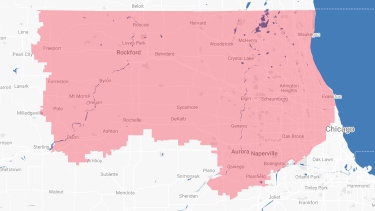
Proudly Serving
The Chicagoland AreaAddison | Algonquin | Antioch | Arlington Heights | Aurora | Barrington | Bartlett | Batavia | Beloit | Belvidere | Bensenville | Bloomingdale | Bolingbrook | Buffalo Grove | Byron | Caledonia | Capron | Carol Stream | And Much More!
VIew ALL

